
One of the most exciting ways to live life is to avoid boredom. By following what makes us curious, passionate, and have fun create meaning in our life.
I think one of the great ways to guide our work in street photography is to avoid boredom.


One of the most exciting ways to live life is to avoid boredom. By following what makes us curious, passionate, and have fun create meaning in our life.
I think one of the great ways to guide our work in street photography is to avoid boredom.


Nobody gives a shit about your photos (except yourself).
Sometimes I get frustrated and confused why I take photos.
I think ultimately I take photos because I want my photos to influence, affect, and perhaps inspire my viewers (and other photographers). This sometimes gives me anxiety because it puts a lot of pressure on me to “perform†by making really strong images for my audience.
But it has recently dawned on me that the only person who really cares about my work is myself. Nobody else really cares or gives a shit.
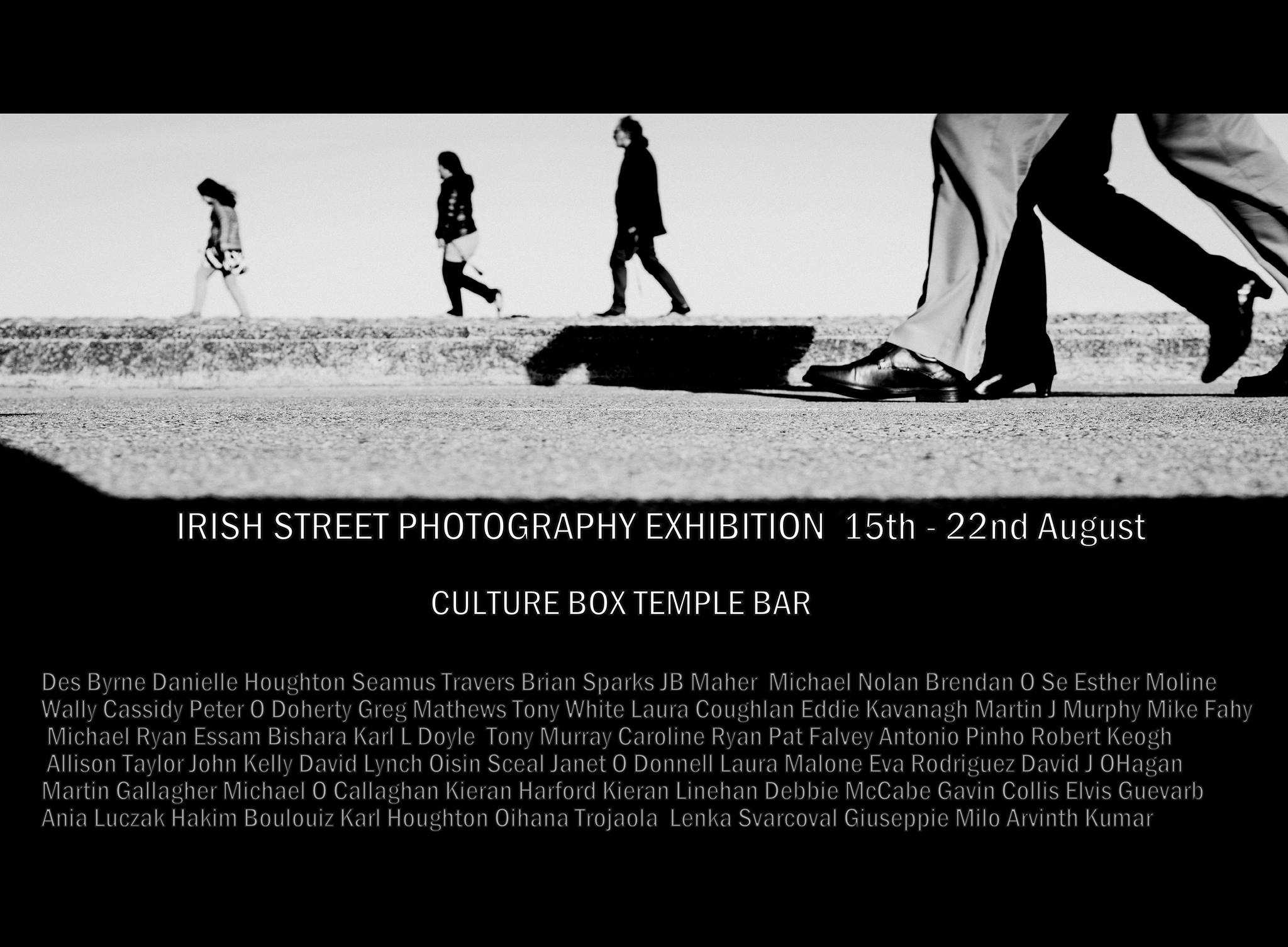

All roads lead to Dublin as the Irish Street Photography Group together with the group admin Des Bryne brings together the Irish Street Photography Exhibition.
47 Street Photographers, 47 Photographs from Established Street Photographers to Emerging New Talent from Ireland and beyond, this is the first “Irish Street Photography Exhibition” from the ISPG (Irish Street Photography Group)


I recently came across a funny phrase: “FOMOâ€. It stands for “fear of missing outâ€.
Nowadays, “FOMO†is ubiquitous in digital life. We always feel like we are missing out– that someone is doing something more interesting than us.
I just checked out of my hotel in Seoul, and was on my way to the subway. I had a bunch of bags I had to carry, and ended up missing two potential street photos I would have liked to capture:
One of the shots was a guy in a suit, with his suit jacket propped over his right shoulder with a finger. My camera was still in my bag.
The second shot was a muscular black man carrying an umbrella (similar to what old Korean ladies wore) also wearing spandex.
My camera was in my bag for both of these potential shots, so I missed the moment. However rather than being frustrated at myself for not taking the shots, I tried to savor the moment.
For example, I smiled at the muscular guy who walked by me and said “love your outfit.” He gave me a huge grin and smiled back and said, “Thank you.” His smile felt so warm and genuine.
This reminds me : I don’t need to capture a photo of everything I experience. Sometimes by not taking a photo of something, I better appreciate the moment and commit it to memory more.
So nowadays if I’m seeing fireworks with Cindy on new years, I try to purposefully put the camera away and just enjoy the moment.
Whenever I miss potential street photos, two thoughts come into my mind :
Furthermore, missing the potential street photos from today further invigorated my love of street photography. I thought to myself, “Wow, life is pretty incredible and amazing. There are so many different colorful people on the streets, and all these wonderful moments happening all the time.”
So I guess in conclusion my thoughts contradict each other a bit: always have your camera with you (preferably around your neck or in your hand), but sometimes it is good to just savor and appreciate a moment (especially if you didn’t take a photo of it).
At the end of the day, I think experiencing a moment is much more valuable than capturing it.


A few days ago I wrote a letter to my 18-year old self, and gave myself some advice on if I started street photography all over again. I told myself things I learned in the 8 years I’ve been taking street photos. I wish someone told me this when I started off.
Similarly, I was inspired to write this post for young street photographers starting off. I think this can apply to both young photographers (age wise) and also street photographers just starting off (young, experience-wise).
Here I go, I hope you enjoy :)
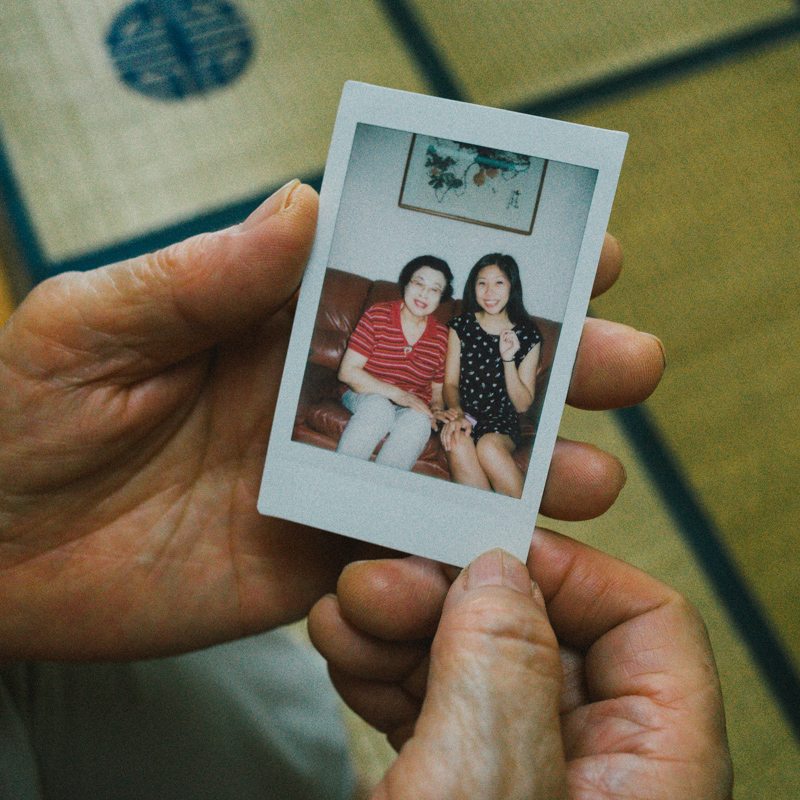

After being in Vietnam for about a month and a half, I am currently here in Seoul, Korea for a week. I’m primarily here on holiday, and wanted to have a chance to see my grandmother, some family, and some close friends here. In the spirit of my “Saigon diary†series– I wanted to share some personal reflections about my trip so far:
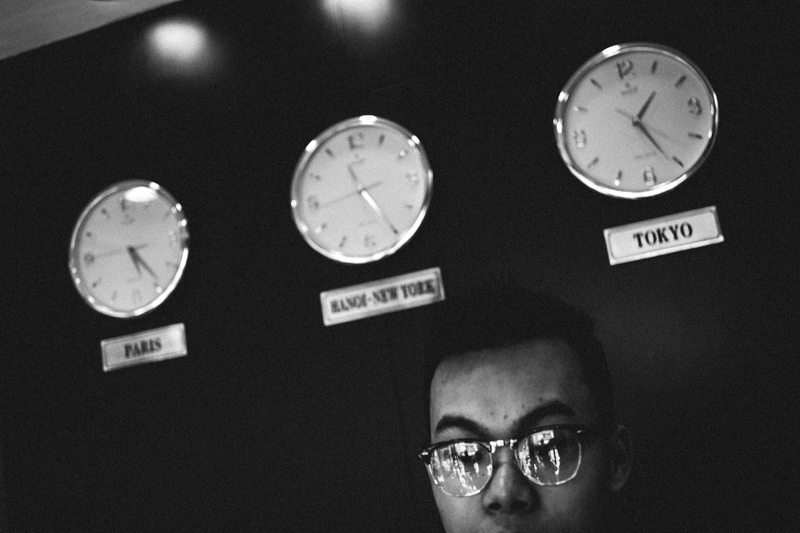

This is the last installment of my “Saigon Diary” series. I plan to continue this “Diary” series moving forward in my travels.
I’m currently in Seoul. Just left Vietnam a week or so ago, so I wanted to share some reflections towards the end of the trip.
After a great time in Saigon, I headed up to Hanoi with Cindy. We didn’t have a real reason to go– we just wanted to check the place out (because it was so close in Vietnam).
Hanoi was a beautiful place. Much smaller than Saigon, a lot less hectic, and more peaceful. It felt almost like Paris in the sense that the streets were narrow, windy, and a bit random. But there was great beauty in the randomness of the city.
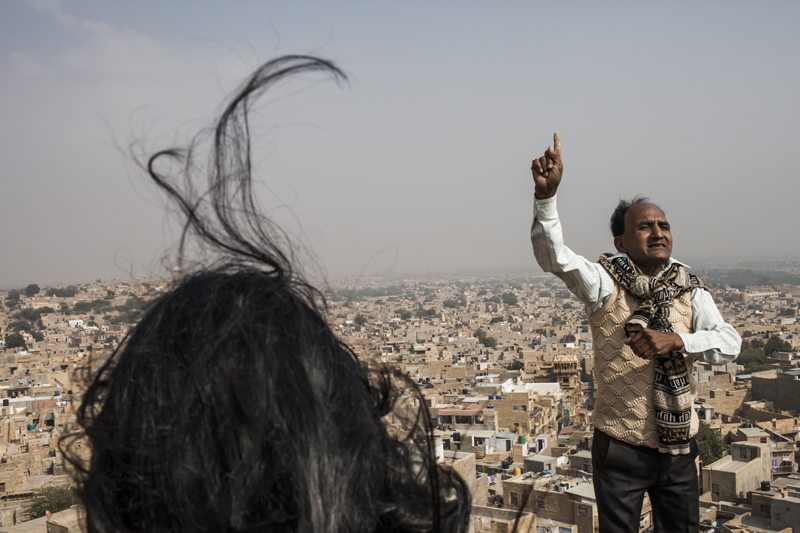

A.g.’s note: We previously had the chance to feature That’s life street photography collective members Dimitris Makrygiannakis and Kaushal Parikh. Dimitris treated us with his Transformative Experience of shooting street photography abroad and an interview Eric had with him about  Surrealism and Symbolism while Kaushal shared his thoughts on how he is Conquering the streets of Mumbai. They are back this time telling us stories behind some of their favorite the street shots. They also have a series of upcoming workshops. Details of it are at the bottom of the post.
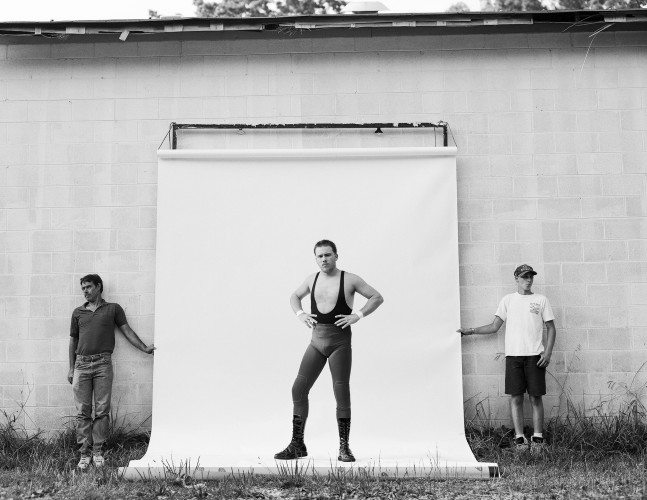

A.g.’s Note: Chris Stoltz shares to us one of his favorite photographers he got the privilege of shooting with, the L.A. based Sye Williams. Sye shares some of his inspirations, personal work, Photography Origins, and nuggets of wisdom. All of the photos are the respected copyright of Sye Williams. Here’s Chris with the interview:
Chris: Sye might be my new favorite photographer. I met him recently on a video shoot while working as a grip. He showed up because he was friends with the rest of the crew, arriving via skateboard. I hit it off with him immediately because he had a Leica M8 dangling over his shoulder. I asked him about his recent purchase and, in-between grabbing lights and helping with the video, he told me how his career in photography started.


While in NYC, I visited the ICP bookstore and picked up “Ping Pong Conversations: Alec Soth with Francesco Zanot” a lovely photobook/series of interview questions. I found it to have lots of great wisdom regarding photographing strangers, editing, and projects.
I copied my favorite excerpts which I found was particularly helpful, especially to those of you who want to be more serious about your photography and projects. Read more to learn from him!


Dear Eric,
You are 18 years old. You just got a point and shoot digital camera from Mom as a high school graduation present. You are super excited, as you never had a camera before. A lot of exciting things will happen in your life surrounding photography. I wanted to write this letter to you and give you some advice I wish I knew. This is coming from your 26-year-old-self.


I think one of the most difficult things as a photographer is to stay inspired. How do we stay inspired to shoot everyday– when the boredom and monotony of everyday life sets in?
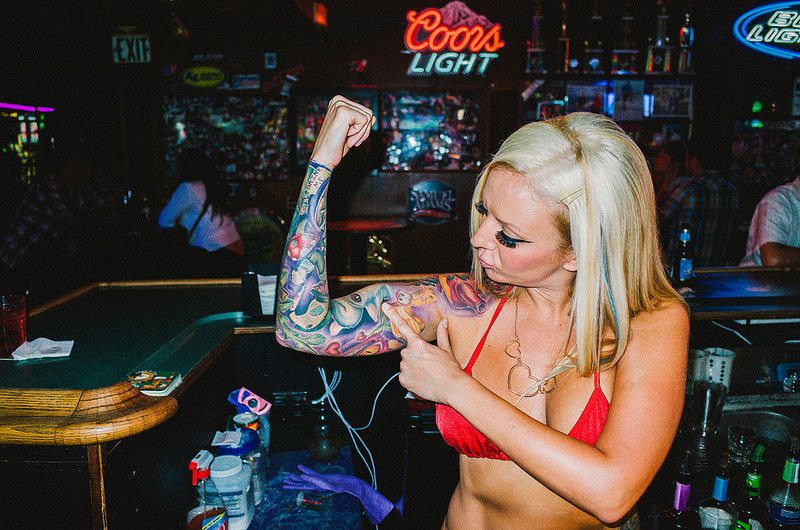

I recently read some advice by author Ray Bradbury for aspiring writers:
“Write a short story every week. It’s not possible to write 52 bad short stories in a row.â€
I think the same applies for street photography. To change the numbers a bit– I think it is impossible to take 100,000 bad street photographs in a row. I think it was Henri Cartier-Bresson who said, “Your first 1,000 photos are your worst.†I think in the digital age, it is more like “Your first 100,000 photos are your worstâ€.
Assuming you shot 100 photos a day, that would be 36,500 a year. So at that rate, you can reach the 100,000 street photos mark in 3 years. If you’re more prolific and shoot more– you can reach that 100,000 mark much quicker.
I think it is impossible to take 100,000 bad street photographs in a row.
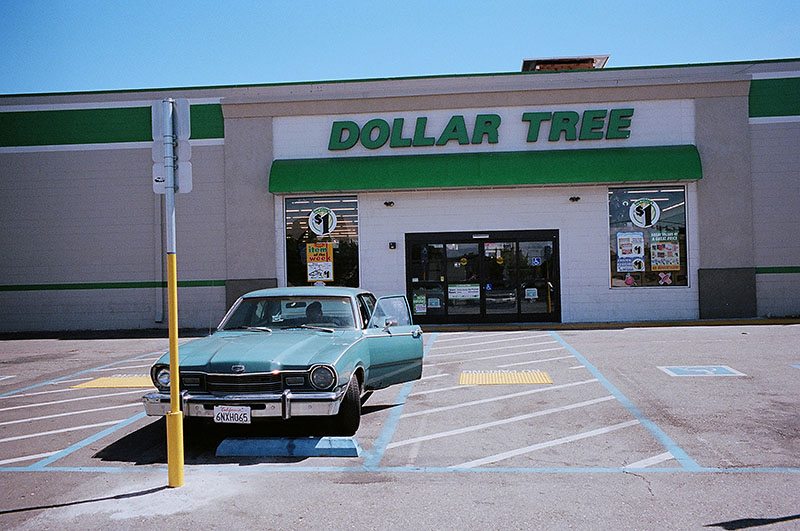

One of the best pieces of advice I got on writing is the importance of writing without editing. Which means, turn off the inner-censor in your mind and write freely.
What or who is the “inner censor”? Well, the inner-censor is the little voice in your head which tells you “Oh don’t do that, that’s stupid. That sounds stupid. That looks stupid.” It is that inner-voice that prevents you from writing in a stream-of-consciousness flow.
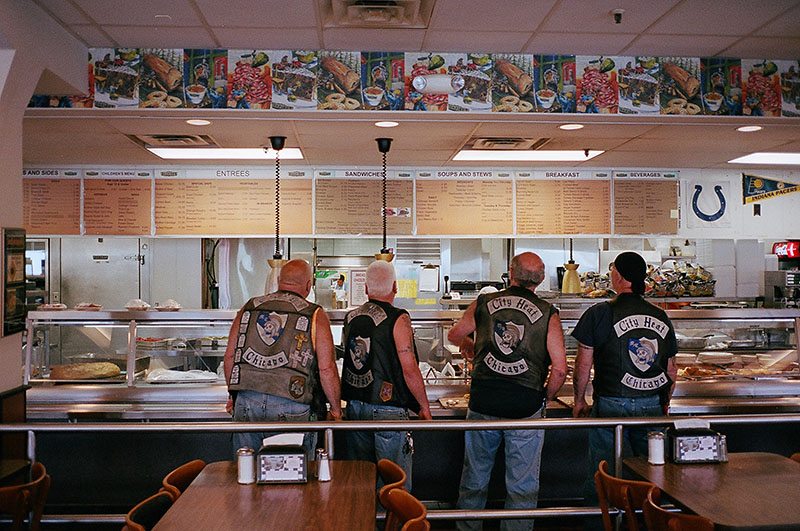

I have often read that life is a journey, not a destination. Meaning that we all have goals in life. But the happiest moments aren’t when we reach our goals. Rather, life is a “beautiful struggle” in which we are happiest when we are pursuing our goals. When we are pursuing our happiness.
I have often found the same is true with street photography. I am always motivated by my photography through the projects I am working on. I used to think that once I had my project completed and published– it would bring me great joy.
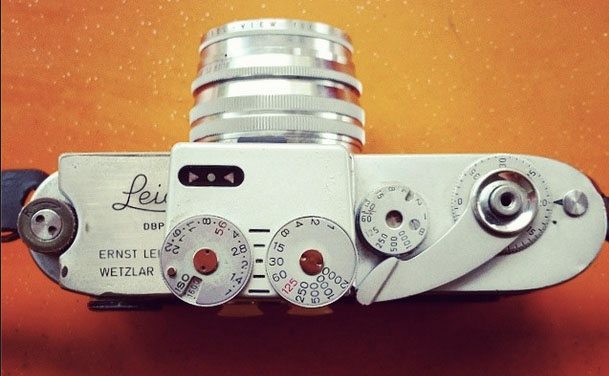

I have learned a few things about shooting street photography on film from my own experiences (and the advice of others). If you want to read the full list of things I learned shooting film– read more!
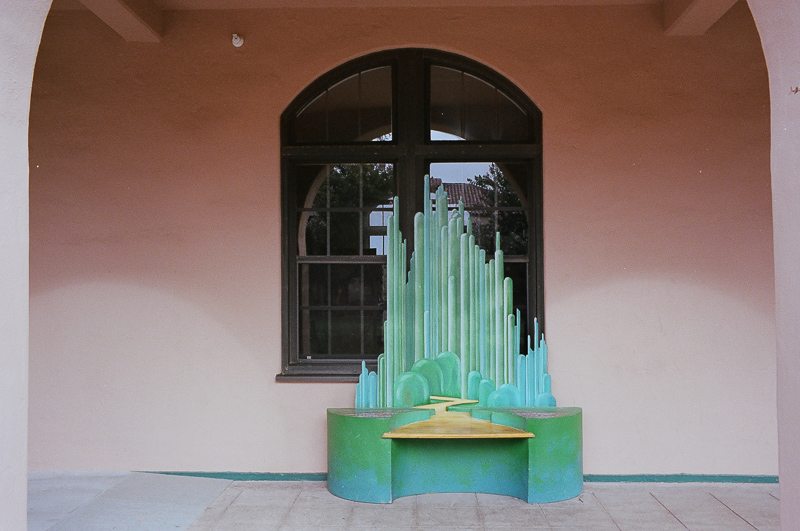

Photos in this article are from my on-going “Only in America” series.
I’m currently reading a lovely book titled: “A Philosopher’s Notes: On optimal living, creating an authentically awesome life and other such goodness.” It is a easy and insightful read– and I have been savoring the book so far.
In one of the chapters, I stumbled upon “12 Scientifically Proven Ways to Have More Happiness in Life” via the book “The How of Happiness“. The list is as follows:
I found the list to echo everything in the self-help and philosophic literature I have read so far. And of course in the spirit of this blog– I wanted to link the concepts of happiness and street photography.
So how can you “scientifically” gain more happiness in street photography? Here are some ideas I glued together:
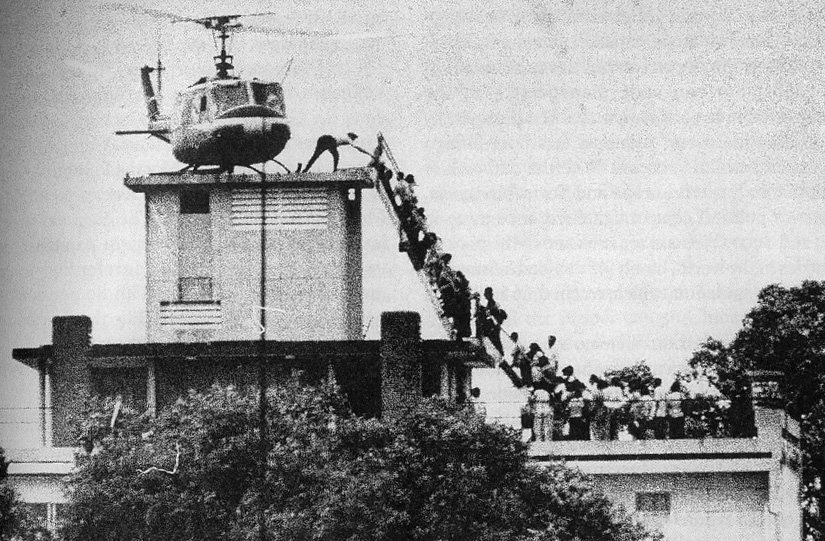

Sorry guys, it has been a while since I last updated my “Saigon Diary” series. A lot has happened since the last time we talked. During that time, I taught a week-long Saigon street photography workshop, I traveled to Malaysia and visited Pulau Bidong (a refugee camp where Cindy was born). I also took a week-long trip to Singapore, where I did a free talk for Fujifilm Singapore, did a 3-day weekend workshop, and now I am back home.
I am only in Saigon for another week and a half, then Cindy and I are heading to Hanoi for a weekend. Then after that, we are traveling to Seoul and Tokyo (teaching an intro workshop in Tokyo), then Cindy is heading home. After Cindy heads home, I’m teaching a workshop in Hong Kong with Gary Tyson, then teaching a workshop in Sydney and an intermediate/advanced workshop in Melbourne.
Not sure where I can update you guys– but will try to skip around with my thoughts.
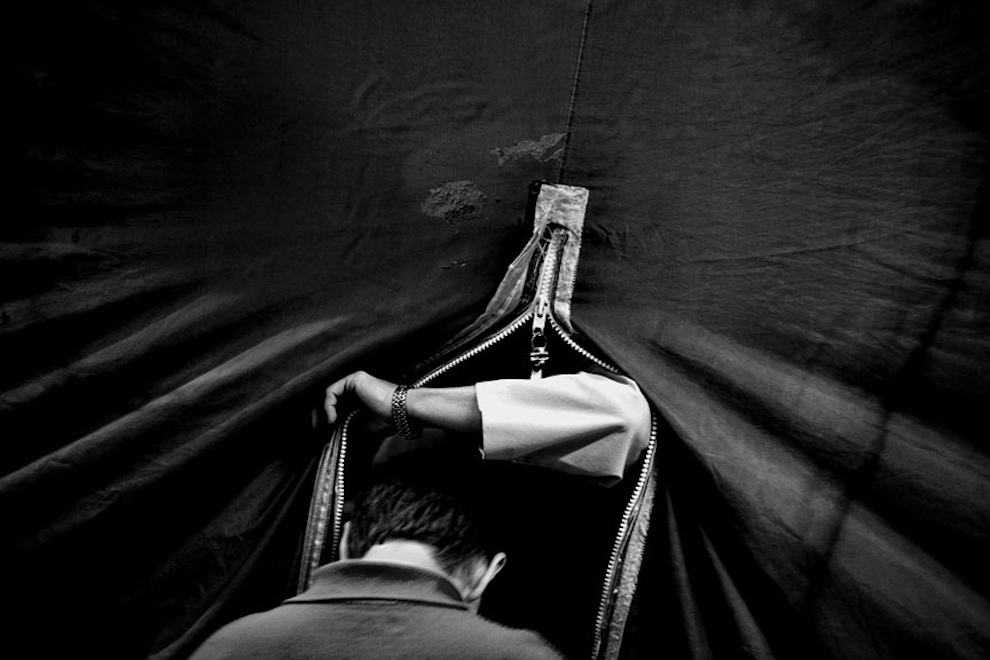

Peter McCollough is a photographer based in Oakland, California.Â
Peter: The inspiration for these images is manifold but films would be at the root of it all. While going to school for photojournalism my idealistic intentions of doing something positive for the world through documentary work faded away for various reasons. I was naive. I knew I could excel in the industry, but at personal and artistic costs that made me realize I wasn’t a good fit for it.
I’m a person driven by dream logic and imagination, so it’s more comfortable to try and bend reality towards fiction. When I began using documentary images in edits that felt like fictional stories, I started having fun again. Street photography became a natural segway because it’s so much easier to project onto what you’re photographing. It’s a really free, non-committal genre, less complicated. Editing is a big deal. I’m way more attached to edits than individual images. It’s rare that an individual image moves me the way that a string of well placed images do.
My friend pointed me to a quote that sums up how I’ve always felt about it all:
“The only photojournalistic images that remain interesting are the ones that produce or evoke myths.”
-Torbjørn Rødland
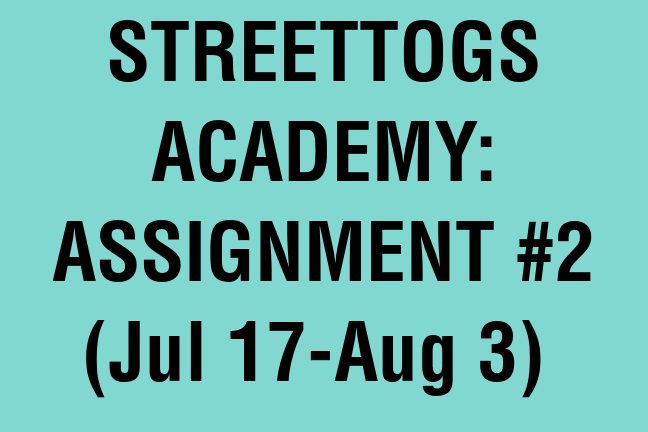

I’d like to start by thanking everyone who joined our Streettogs Academy facebook page and giving a congratulations to everyone who participated in our first Assignment and props to Helio Tomita who got our Editor’s choice. We hope you learned something new from that assignment. As promised, our editor’s choice will be the one choosing the theme for our next assignment. Here are some of Helio’s thoughts in selecting our assignment:


I recently came upon this superb publication by IdeasTap and Magnum. In this magazine, there are exclusive interviews with 12 Magnum photographers– spanning from advice for young photographers, difficulties in photography, and their thoughts on technology. I included my favorite quotes from the magazine in the feature below, enjoy!
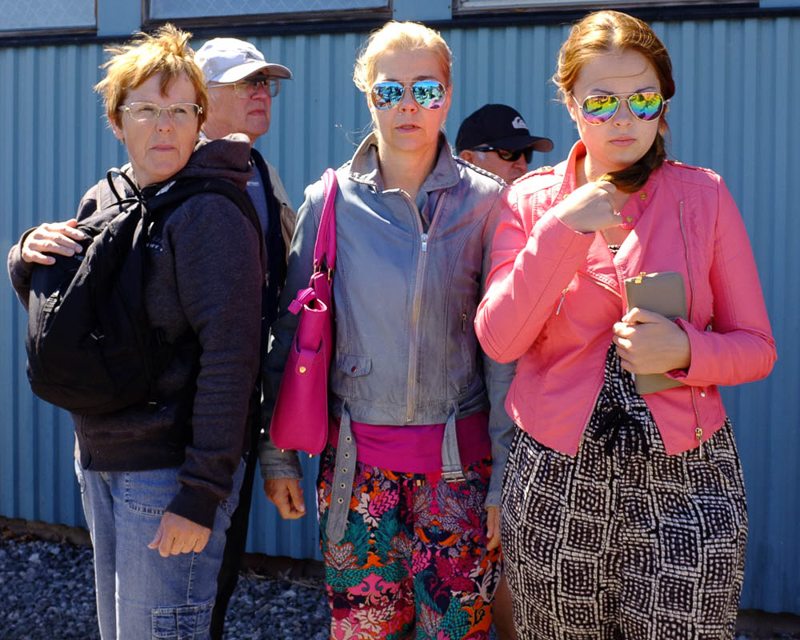

I recently had the pleasure of teaching a week-long travel street photography workshop in Saigon, Vietnam. It was seriously the time of a lifetime— I loved all the time I spent with all the students, and it was inspiring to see how much progress everyone made during the week. I also loved the sense of friendship and community that formed during the workshop— over talking about photography, eating great Vietnamese food, and (very) strong Vietnamese iced coffee.
It is an experience I will never forget— and to see the before/after of the students really brings me a lot of pleasure and happiness as a teacher. Check out their images below, and you can see my upcoming street photography workshops for 2014 and 2015.


“Don’t think about making art, just get it done. Let everyone else decide if it’s good or bad, whether they love it or hate it. While they are deciding, make even more art.â€Â ― Andy Warhol
As street photographers, I think we are all artists. We craft our version of reality from fragments from everyday life. We don’t just take photos– we make them.
In my art– I am quite insecure at times. I want to make great photographs– images that awe and inspire my audience. Whenever I upload an image that doesn’t get as many “favorites” or “likes” as other images I wonder to myself, “Perhaps that photograph wasn’t any good?”
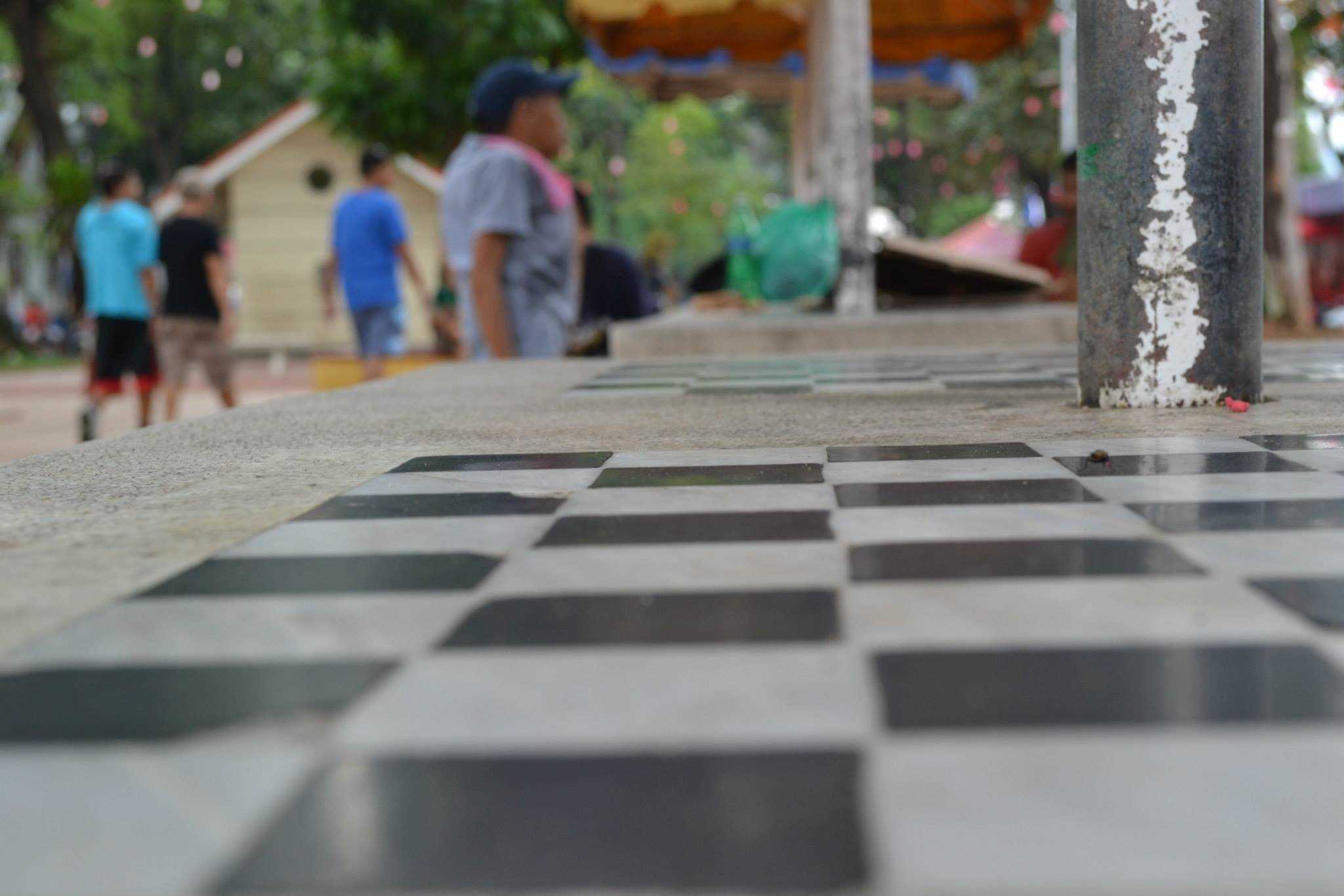

Before we begin, I’d like to extend my thanks to everyone who participated in the first assignment of Streettogs Academy. We hope you continue to participate in the group and learn a thing or two about street photography I’m trying to see how I can better moderate the group to make it an enjoyable and educational experience for everyone.
So without further adieu, here are some of the best entries and our editor’s choice for our assignment.
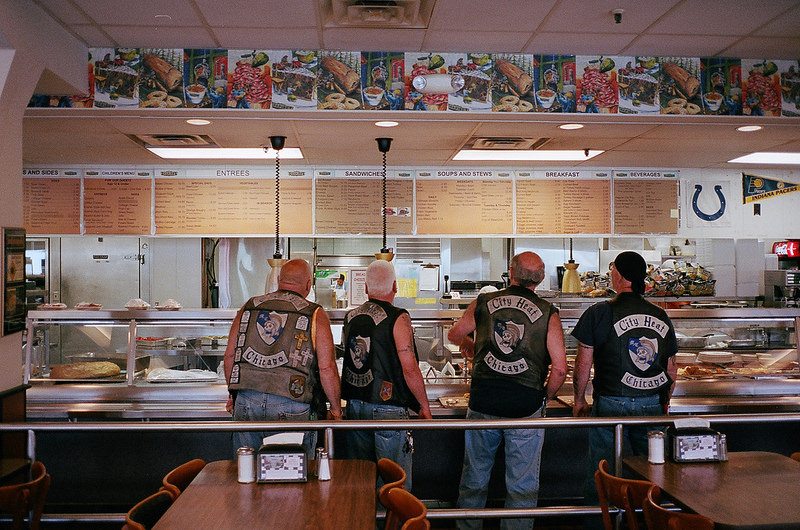

Sharpness is over-rated in street photography. Even Henri Cartier-Bresson once said, “Sharpness is a bourgeois concept.”
I remember when I first saw one of HCB’s exhibitions in person in Paris, I was surprised by how soft most of his shots were. And many of his photos were significantly out of focus (thinking about the famous shot of the man in a bullfighter’s ring in Spain (above).
When I stated street photography, I was obsessed with sharpness. This of course, was due to all the nerds on gear forums who showed corner to corner sharpness tests on brick walls. I was suckered into thinking a sharp photo was a good photo.
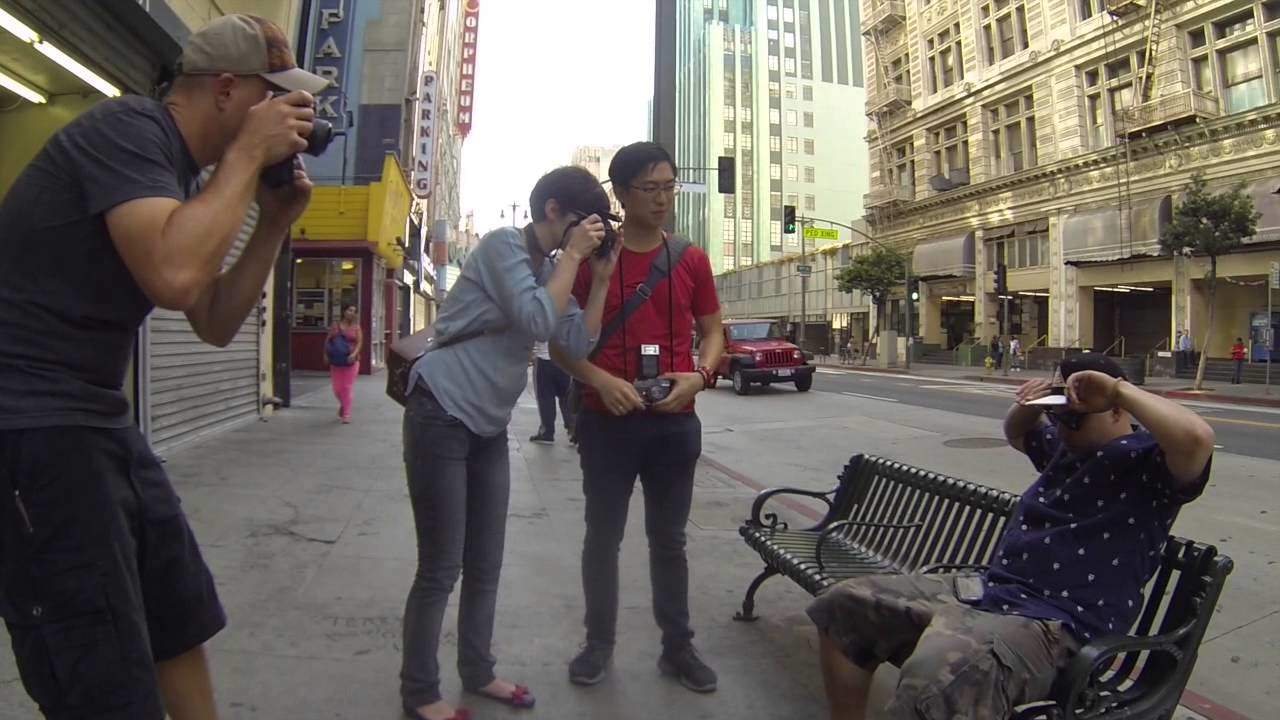
I recently edited some behind-the-scenes footage that my friend Todd Hatakeyama shot of my Downtown LA Introduction to Street Photography Workshop. We had a ton of fun sharing our passion for street photography, interacting with people on the streets, and giving honest feedback and critique on each others’ work– and I was amazed by the sense of friendship & community that formed during the workshop.
If you want to build your courage in street photography, be re-inspired, and meet other passionate street photographers– check out my upcoming street photography workshops in Tokyo, Melbourne, Stockholm, London, San Francisco, Chicago, Toronto, and NYC.


(A.g.’s note: I’ve been a long time fan and follower of DAYV MATTT on tumblr. He is such a great person to interview and is the type of person who tells it like it is! He Straightforward in his answers and in his photography. This was a really fun interview and I hope all of you enjoy. Cheers! All Photos are owned by Dayv Mattt.)
A.G.:You started out in Toronto Photographing the Jungle/DnB Rave scene right? How did you end up in the streets of Seoul, then in Colombo?
DAYV: Shooting DnB raves was a lot of fun because I didn’t really dance, and it was fun documenting the scene. It was a pretty close knit group back then but as the parties got bigger I attended less and less shows. I never thought those pictures would go anywhere…and for the most part, they haven’t. In 2002 a buddy of mine who was living in Seoul called me up and asked me if I wanted to work with him in Seoul. I said yes, and seven days later I was in Korea. Seoul didn’t really have a music scene I gave a rat’s ass about at the time so I started shooting street photography. It just sort of grew on me. In 2012 I moved to Sri Lanka for reasons I don’t really want to get into, but I will be returning to Seoul, then Gwang-ju, this coming July. I’m pretty stoked to shoot in Gwang-ju, which is around three hours south of Seoul.
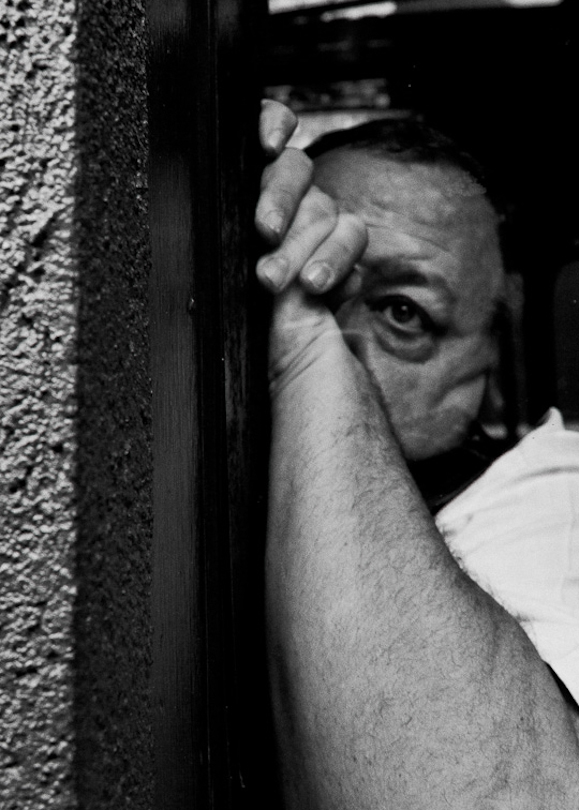
This is a video interview I did with Brian Soko in Chicago about a year ago. Enjoy his images and a transcript of the interview below!
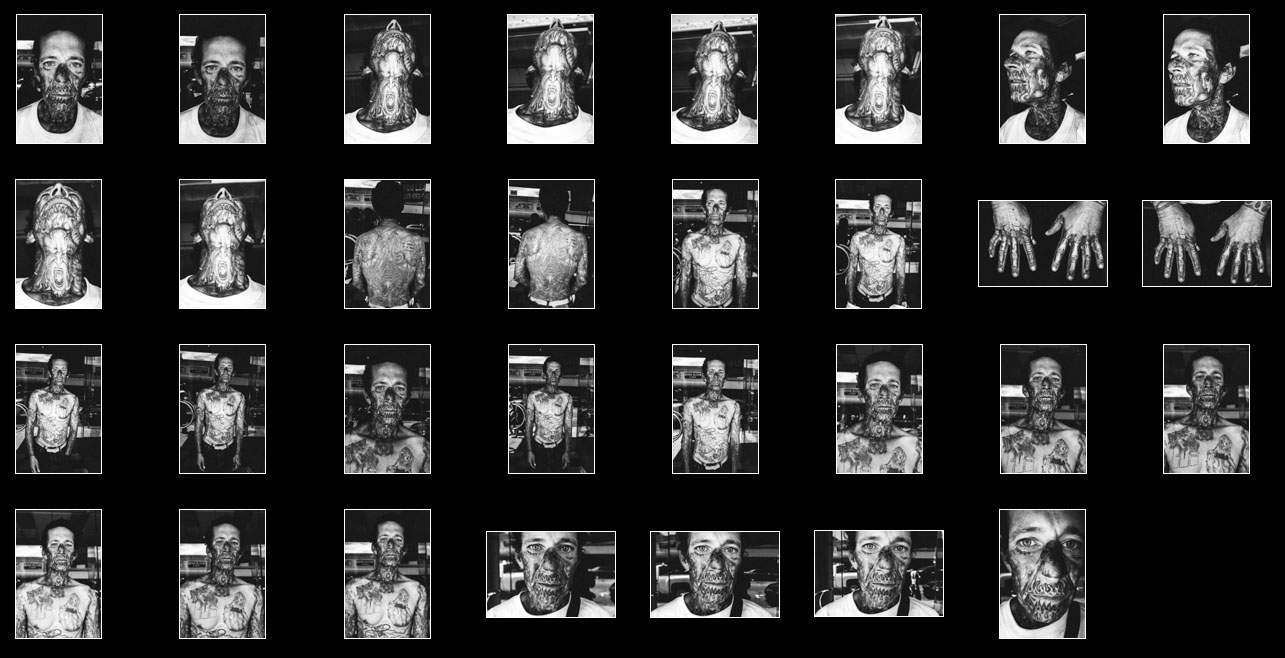
At a recent workshop in Downtown LA, IÂ was shooting with one of the students (Luis) when we come across an interesting character with all these tattoos all over his body. He told us he just got out of jail (a few days ago), and was struggling on the streets. We gave him around 2 bucks, and asked him if it was okay if we took some shots. He had no problem with it– and to pose for the camera.
I asked him somewhere along the line what other tattoos he had, and he got excited and showed us all of his other tattoos all over his body.
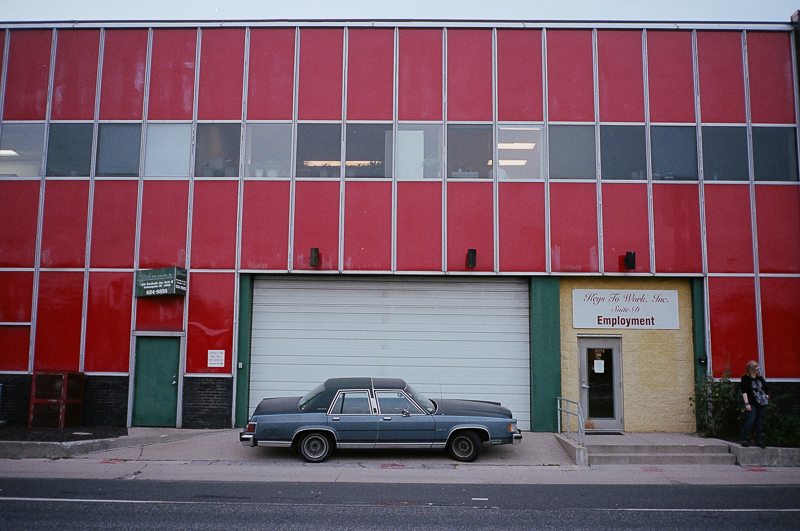

I just finished reading a book titled: “Trying Not to Try: The Art and Science of Spontaneityâ€. It was a fascinating read on the paradox of “wu-weiâ€â€“ which is a concept in Taoism of “action without actionâ€. This means nature accomplishes everything without effort. Similarly, we should be able to accomplish many things in our life without unnecessary effort. In-fact according to wu-wei, most things in life (especially things we love) should be effortless.
Of course you know in my blog, I like to relate everything I read back to street photography. And I think this idea of “wu-wei†in street photography is quite fascinating.
To sum up, in street photography (according to wu-wei), our best shots should come to us naturally– without making any unnecessary effort.


Many of us shoot street photography because it is challenging, fun, and brings us great joy. However one question I find that most people don’t ask themselves (myself included) is what we ultimately want out of photography.
I just finished an intense week-long street photography workshop in Saigon which was absolutely incredible– and one of my students Sascha Jung asked me what I ultimately wanted out of my photography, and whether I wanted to become a great photographer or a great teacher.
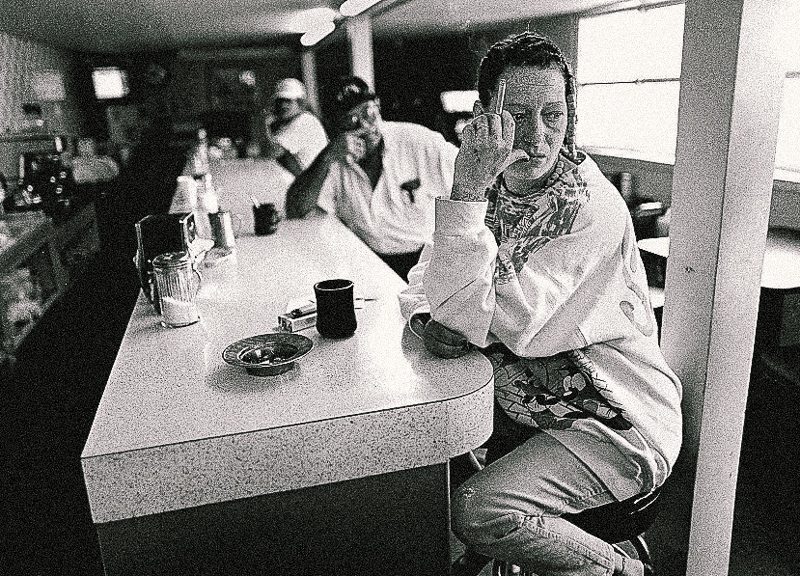
When I was in Dubai, I had the pleasure of meeting Steve Simon who wrote an incredible book titled: “The Passionate Photographer“. We talk about working on projects, finding passion, and advice for aspiring street photographers. Read more to see his incredible photos:
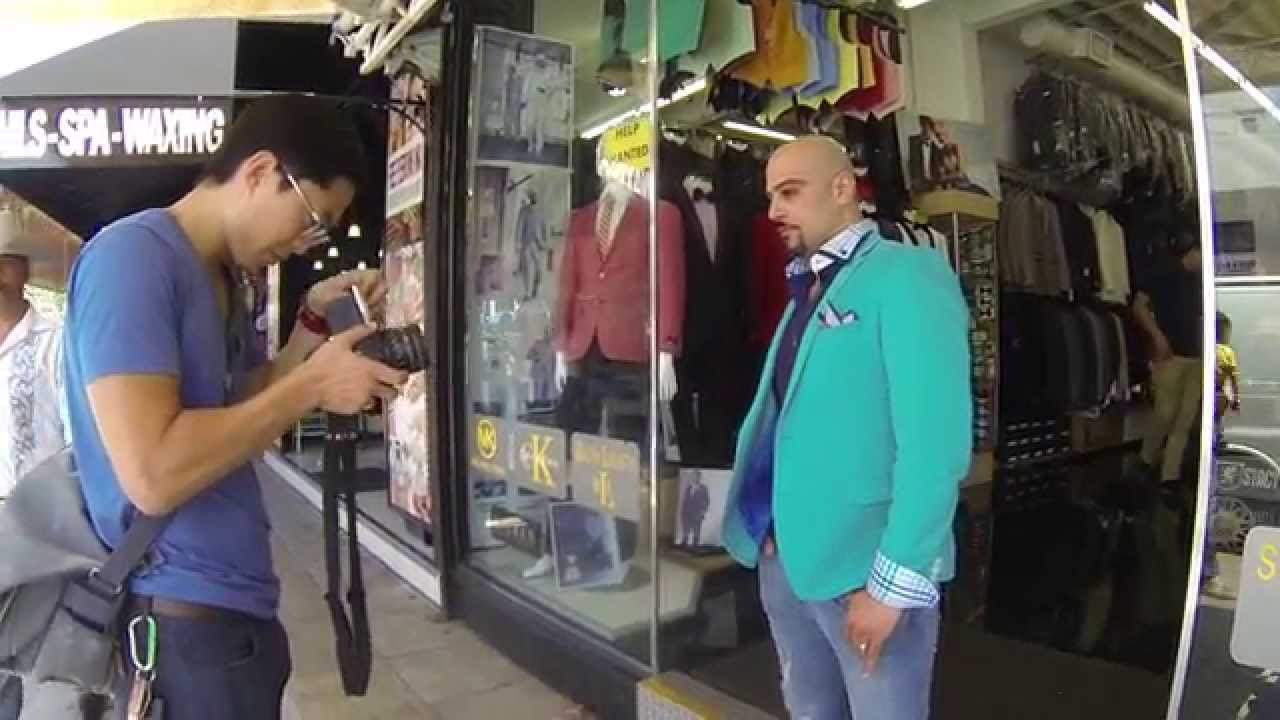
Here is just a fun short behind-the-scenes clip of me shooting a street portrait with a Hasselblad in Downtown LA. Enjoy!
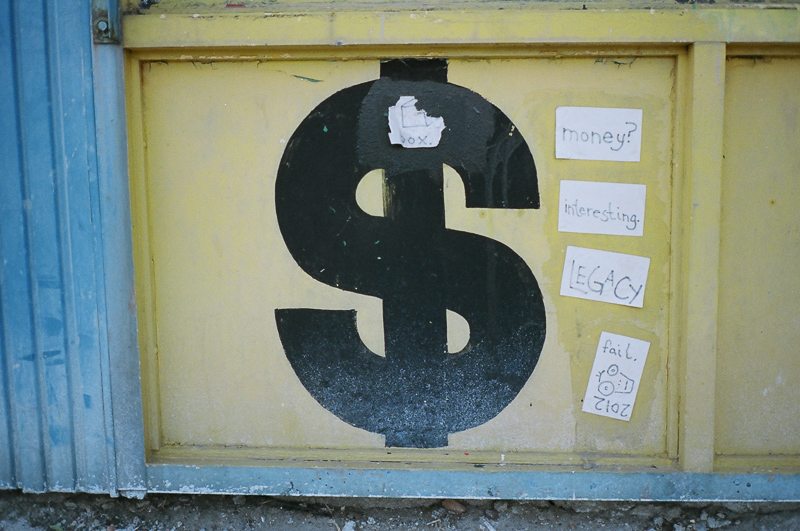

One question I am asked a lot is how I make a living in street photography, and questions about selling prints, and making money.
To start off, I am blessed enough to make a living from my street photography in teaching workshops. I make about 95% of my living from workshops (and around 5% from Amazon affiliates from links to books and other products on the blog).
But I have always been an advocate of “open source” in life and photography– and the greatness of having things open and free.
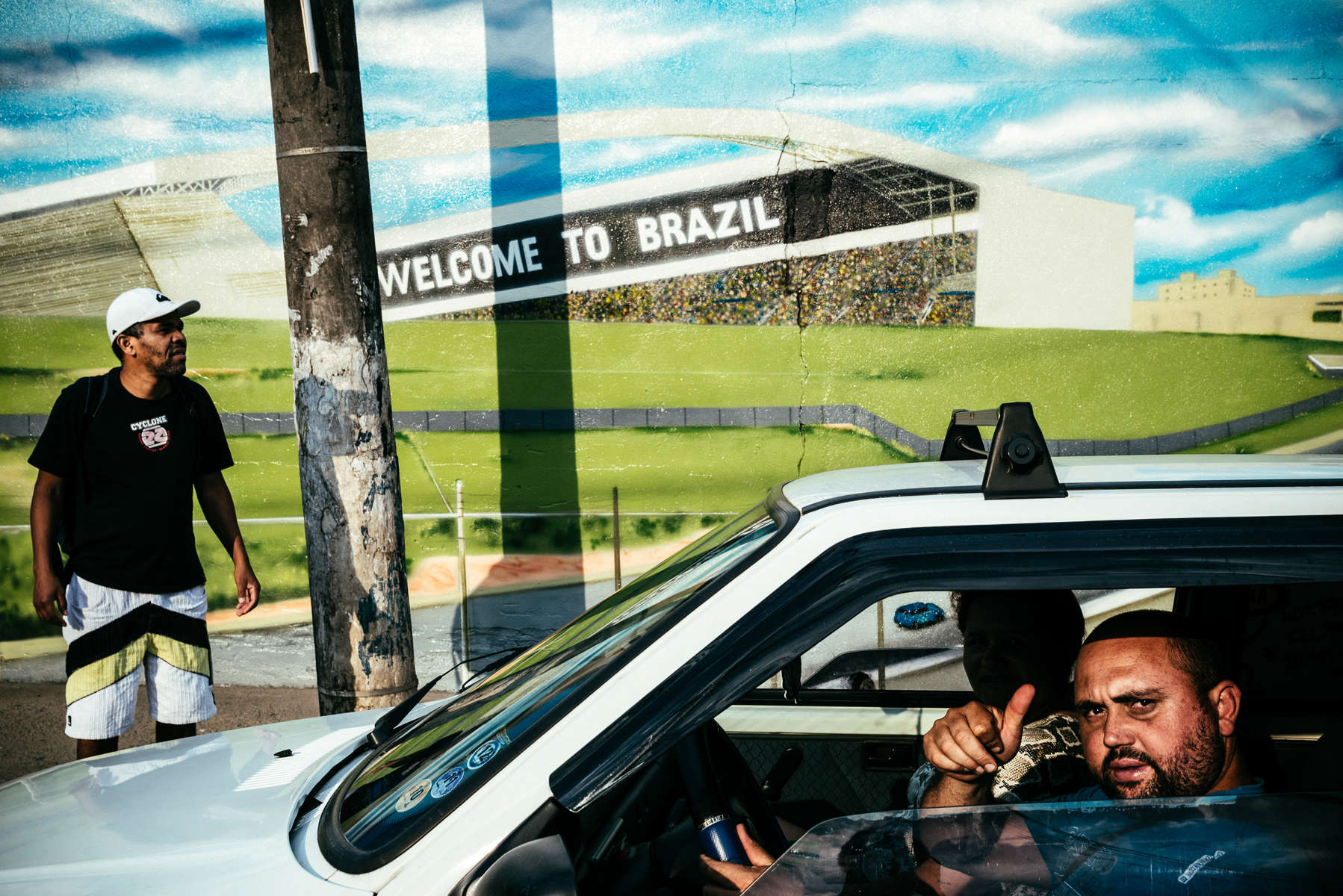

(Editor’s note: All photos are the respected copyright of the members of SelvaSP)Â
Take a look at this interview of  SelvaSP. They are a street photography collective hailing out of Sao Paulo, Brazil. We explore how this collective is being run, what it is they look for, and how they approach the art of street photography.
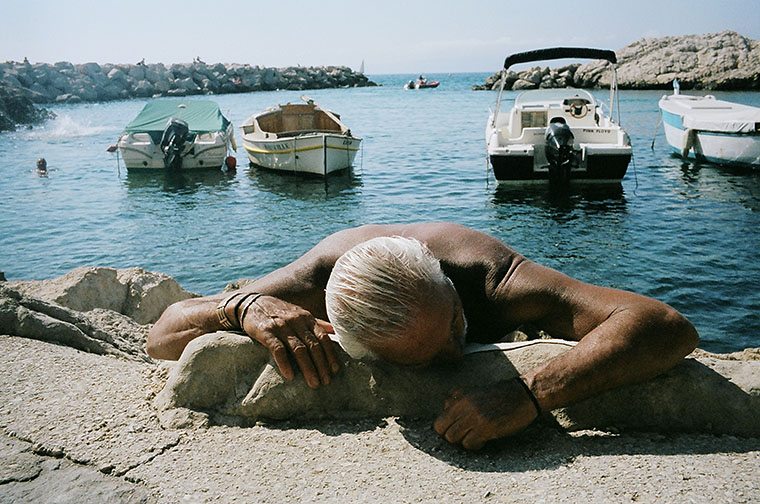

I feel one of the most important traits to become a better street photographer is first identifying what makes great street photography. This means having good taste.
A quote from Ira Glass from NPR comes to mind– in terms of having good taste:
“Nobody tells this to people who are beginners, I wish someone told me. All of us who do creative work, we get into it because we have good taste. But there is this gap. For the first couple years you make stuff, it’s just not that good. It’s trying to be good, it has potential, but it’s not. But your taste, the thing that got you into the game, is still killer. And your taste is why your work disappoints you.”
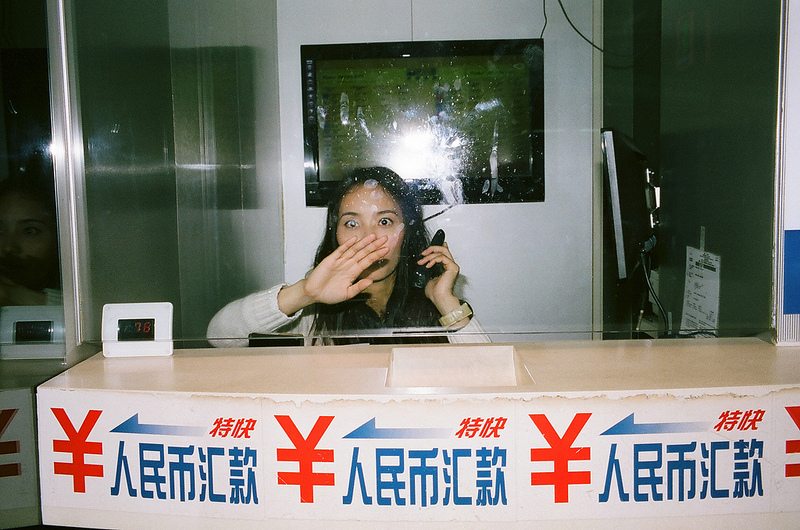

I am a big fan of Nassim Taleb and his concept of the “barbell theory” which he derives from his book: “Antifragile” (one of my top 3 favorite books).
The concept of the “barbell theory” is that you embrace two extremes in life– rather than going for the boring “middle” strategy. For example Nassim Taleb says it is better to save 90% of your money in boring cash– and invest 10% in hyper-risky investments (rather than just putting it all into “medium risk” ventures). Nassim Taleb also mentions that regarding drinking, it is better to drink liberally 3 days a week (and completely abstaining the other days) rather than drinking “moderately” everyday.
I recently read a book titled: “A Perfect Mess” in which the author promotes the benefits of randomness and messiness.


How do you have a good day in street photography? Share your tips in the comments below!
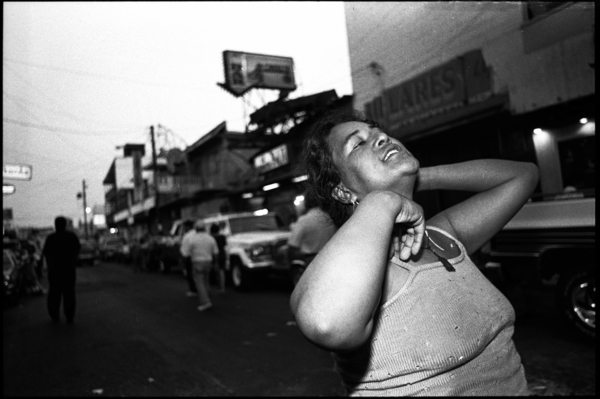

(Editor’s note: The following are words and photographs of Eric Labastida. These are his thoughts and reflections during his time photographing Tijuana from 1992 to 2002)
When I started this project and photographing in general, I found inspiration in the library. Â This was before the internet, before we had the ability of riding the flood of information as we do now. Â I checked out photo books. Â My first visual and poetic guides were Henri Cartier-Bresson, Josef Koudelka, Mary Ellen Mark, and of course, Gene Smith. Â I was on a diet of strong composition, strong content and a feeling of pure joy in trying to catch that moment in the blink of an eye. Â It all had to be there: geometry, Â timing and magic. Â A very elusive beast indeed, Â but the hunt was pure living, and I got hooked.
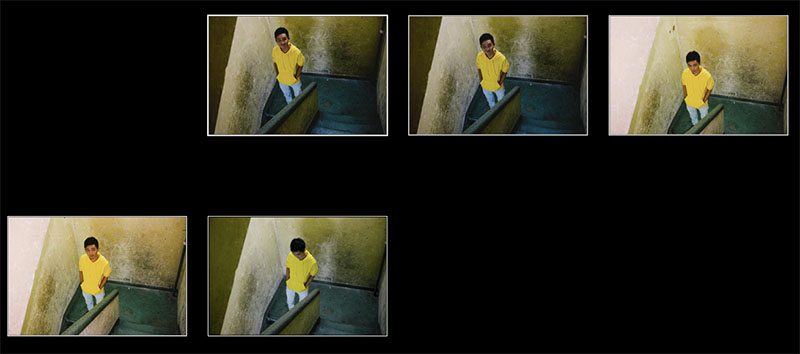

Hey streettogs, thank you for waiting for this new episode of “Saigon Diary“.
A lot has happened the last week, namely me and Cindy visiting Bien Hoa– a place about an hour outside of Saigon. Cindy’s cousin got married recently, and it was a great time getting to know her father’s side of the family (while of course, eating some delicious food).
I’ve also learned a lot more Vietnamese– and can now hold a pretty basic conversation (a 4-year old is still better than me).
I’m still not sure what I ultimately want out of this “Saigon Diary” series– nor do I expect to really make any good photos while I am here. But like I mentioned before, I want to share some personal thoughts on the trip, my photography, and keep it all as transparent as I can.
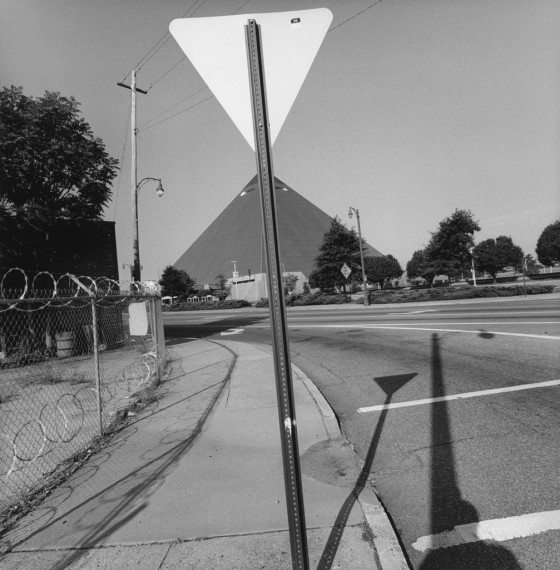

You can see all my composition lessons here.
I have been quite fascinated with the square-format in street photography for a while. My fascination first came about from Jeroen Helmink, a photographer from the Netherlands (you can see a fun video we made on shooting Hasseblads). There was something quite sexy about the 6×6 format– the way that it created perfect balance in the frame, the simplicity, as well as the novelty.
Of course as Instagram has become insanely popular– the square-format just looks like an “Instagram shot.” I have heard of Instagram as “ruining” the 6×6 format (medium-format film).
However I don’t think it really matters what camera, format, or aspect ratio you shoot in. Ultimately the most important thing is to create a visually compelling image that speaks to our hearts or souls.
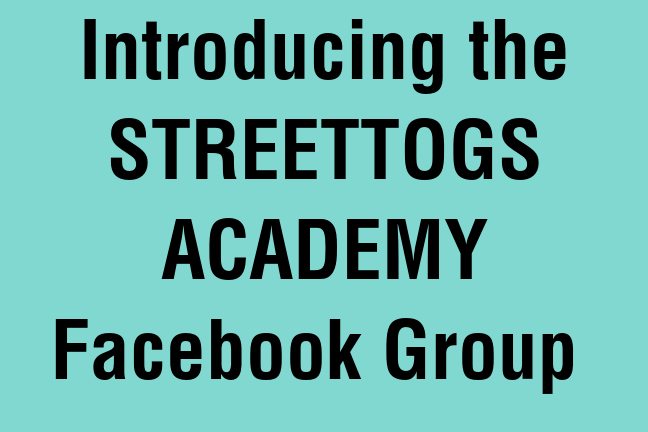
We always push for people to keep on practicing and developing your skills and your eye. We also believe in having a passionate group of people helping each other to become good with this passion of ours. With that in mind, we are launching a new initiative here on the blog: Streettogs Academy.
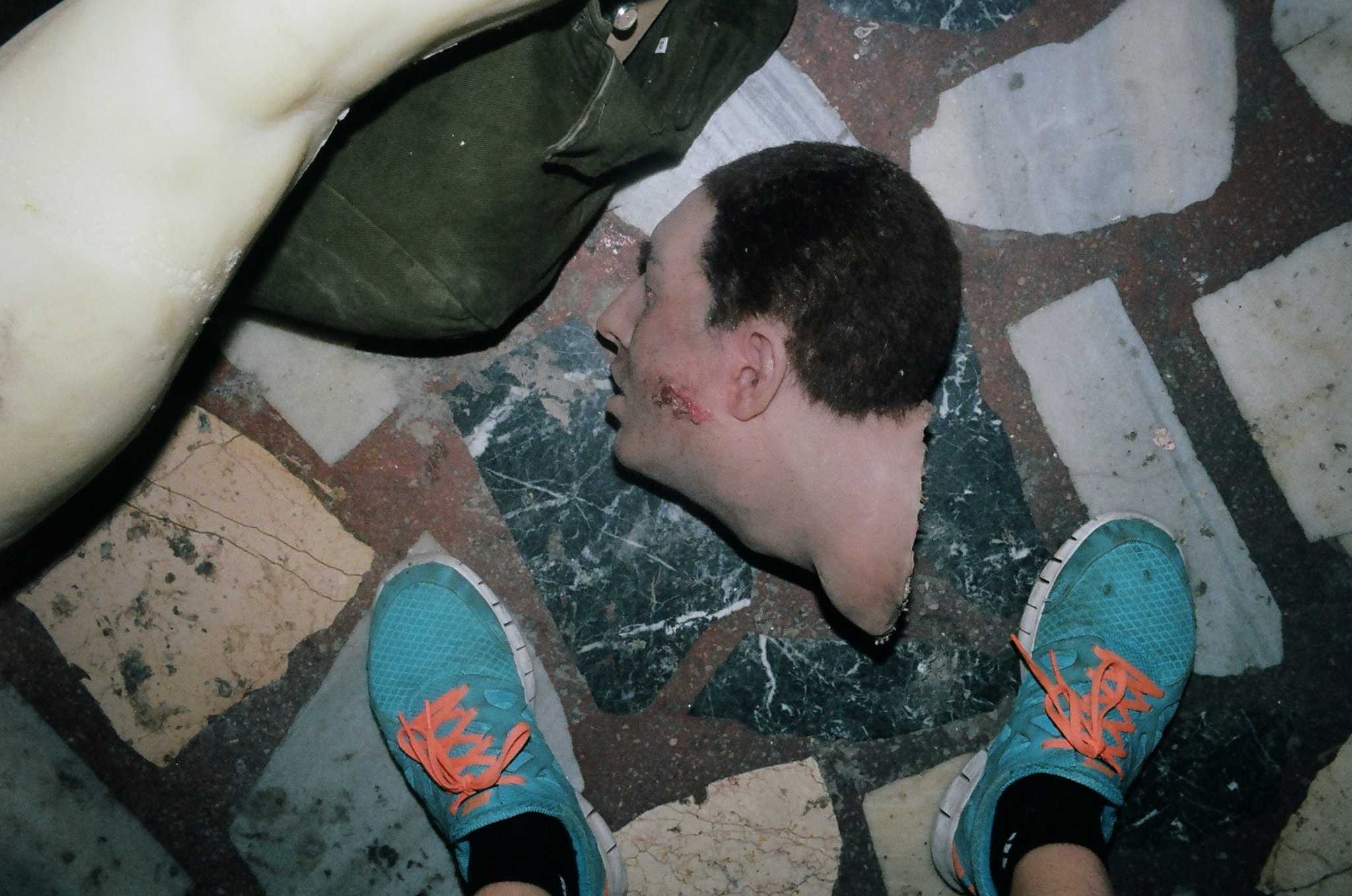
What else do you do when you’re lacking inspiration in your photography? Add your tips in the comments below!
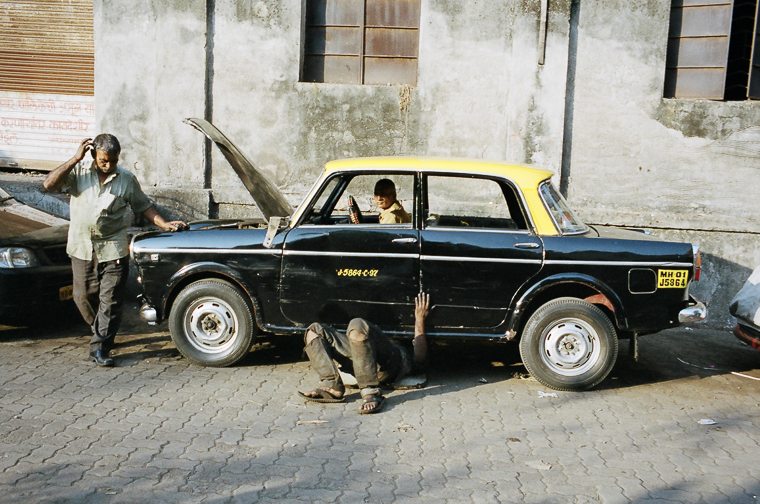

And of course– don’t listen to me. What else don’t you do while traveling? Add to this list in the comments below!
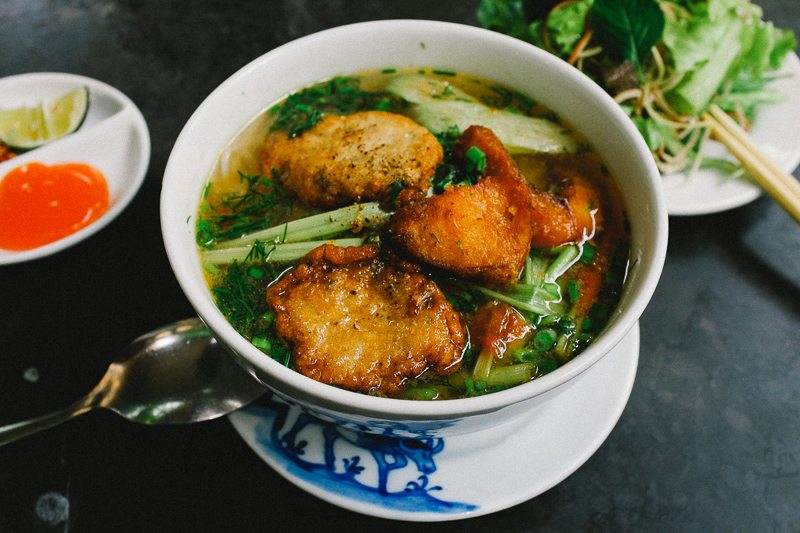

Hey streettogs, thanks for staying tuned in for the “Saigon Diary” series.
For the sake of getting sleep and having higher quality posts, I’ve decided not to keep a daily diary– but to update every 2-3 days (depending on how interesting my days are).
Some people are asking me why I’m showing bad photos in these series. So to clarify, I am trying to make this process of taking photos in Saigon as transparent as possible. So I am purposefully putting out bad photos, critiquing my own work, and sharing some of my thought process. My hope is that this is helpful to you!
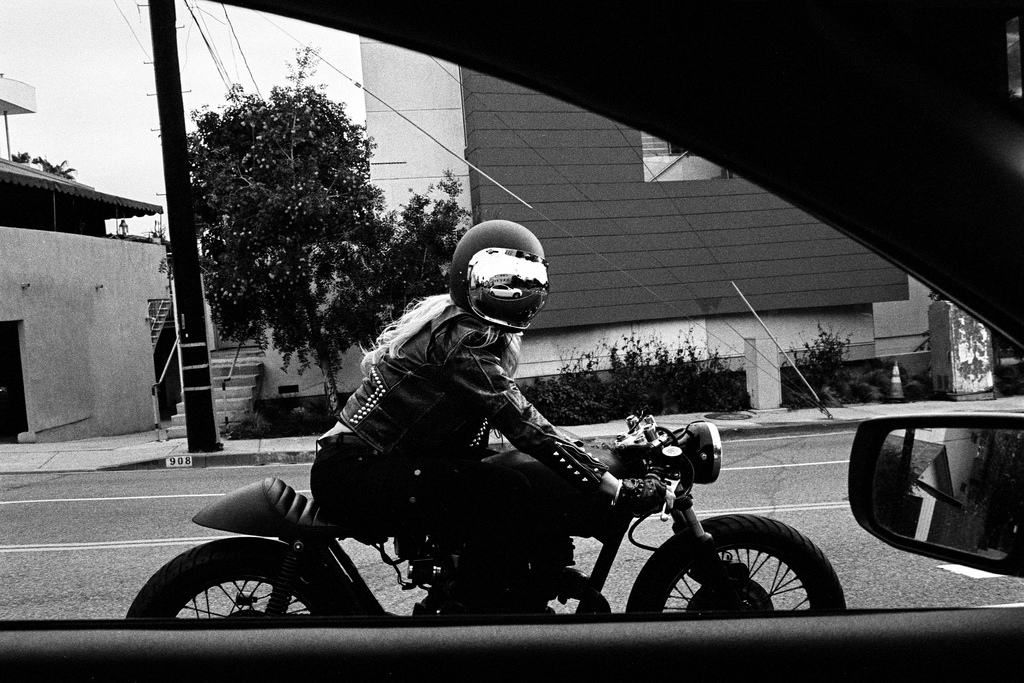

Nowadays. we are all really busy. We have countless commitments at work, at home, with our friends, and with our families. It is really hard to find time to shoot street photography. Not all of us can leave the obligations of the “real world†and just go out and shoot all the time.
Ironically enough even though I am a “full time street photographer‖ I still find it really hard to make time to shoot. I spend a lot of time with emails, social media, blogging, finances, helping out Cindy and my family, and church related activities.
If you consider yourself a busy person, here are some tips I suggest to shoot more street photography:
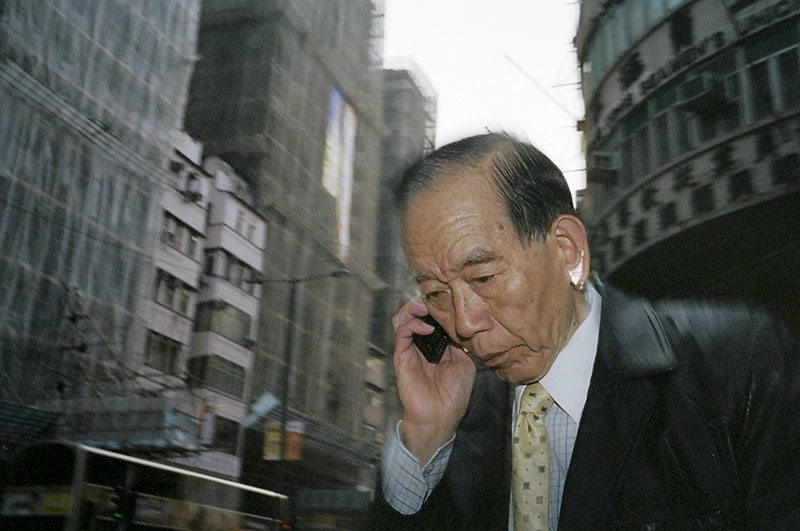

What else would you add to this list? Share what you don’t do in street photography in the comments below!
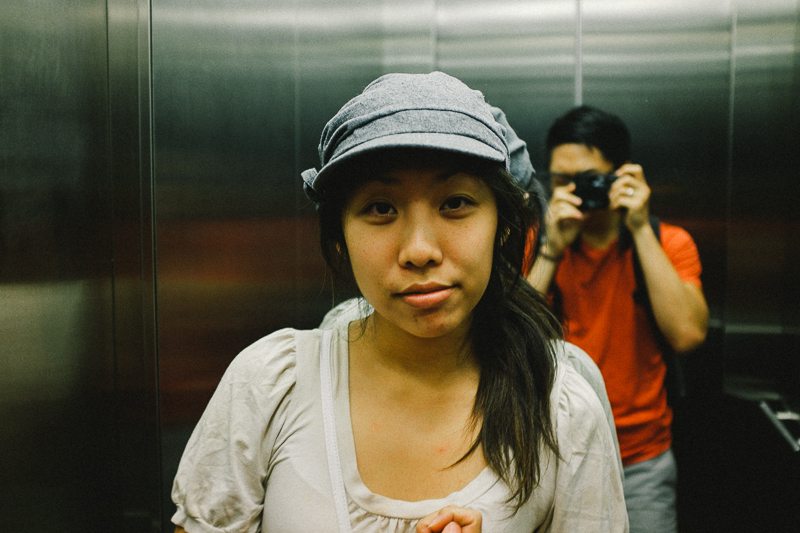

Today was another beautiful day in Saigon.
However, I did wake up pretty exhausted. The light from the morning light was nice, getting me up at around 8am. I slept probably around 1:30am (staying up to write Saigon Diary #2). But I think no matter how tired I am, I want to keep up this daily diary.
Anyways, went to the gym– lifted some weights, took a quick shower, and then woke up Cindy. We headed down to breakfast in a rush (at around 8:40– as breakfast ends at 9am). We enjoy our morning meal, and I practice some more Vietnamese to the chef who makes me my morning eggs.
Today is exciting because we meet up with Minh, a friend of a friend of Cindy– who teaches English and agrees to show us around town on his motorbike. I never rode a motorbike before, and am quite excited.
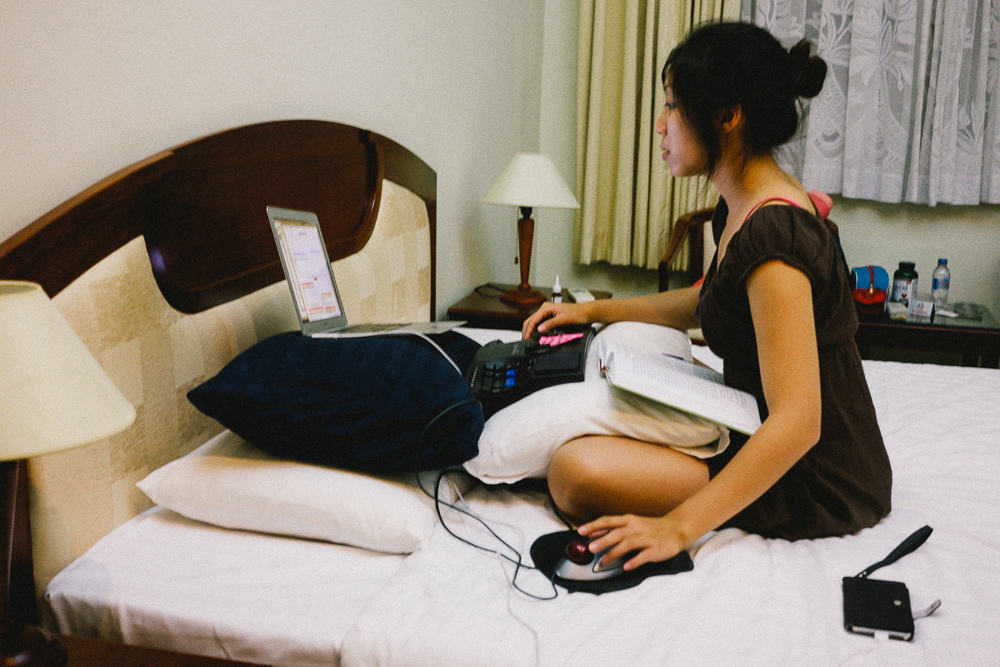

Due to the positive feedback from the first “Saigon Diary #1” I will see if I can do daily diary entries.
Thank you guys also for the feedback on the new blog design. I’ve been wanting to change my blog to a “responsive design” — that would look great across smartphones, tablets, and computers. I also made the change from a 2-column blog to a 1-column blog, to create a better reading experience for you guys. The 1-column design allows me to upload larger images, and also larger text.
I liked having the links on the right column, but now you can either find the articles in the “Start here” page or the “Masters” tab on top. I will play around with the design more in the upcoming weeks. Would love to hear your feedback on the new design in the comments below. Please let me know what you would like about it, and what you would like to see me add/change.
Anyways moving on– today I woke up relatively early again (around 7am). I wish I could wake up that consistently everyday back in the states (I usually get up at around 10am). I did some bodyweight squats in the room to get pumped up for the day, and also to prepare myself for breakfast.
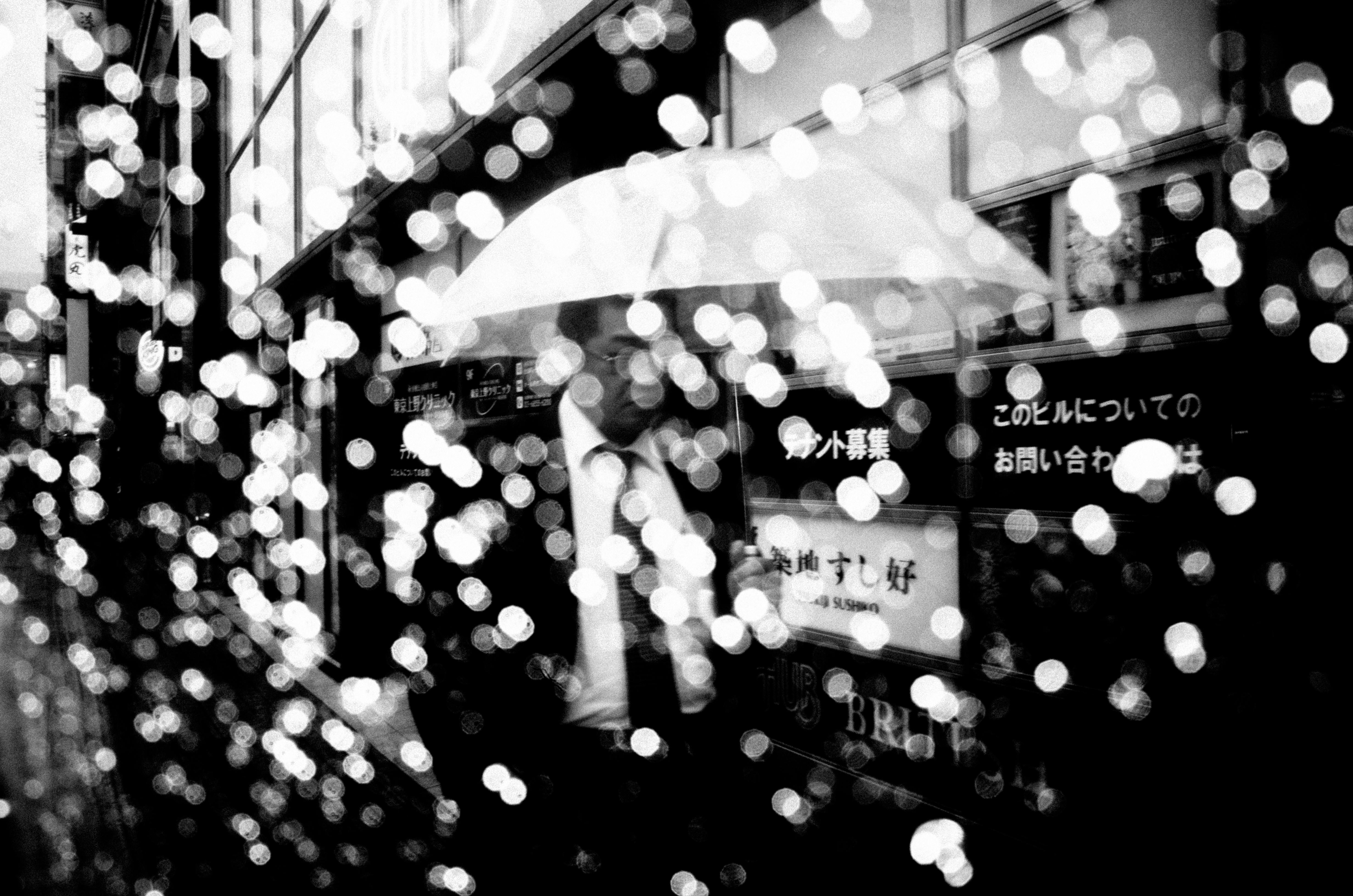

Dear friend,
As a present, here are some new ERIC KIM LIGHTROOM CLASSIC CC PRESETS 2018 for you!
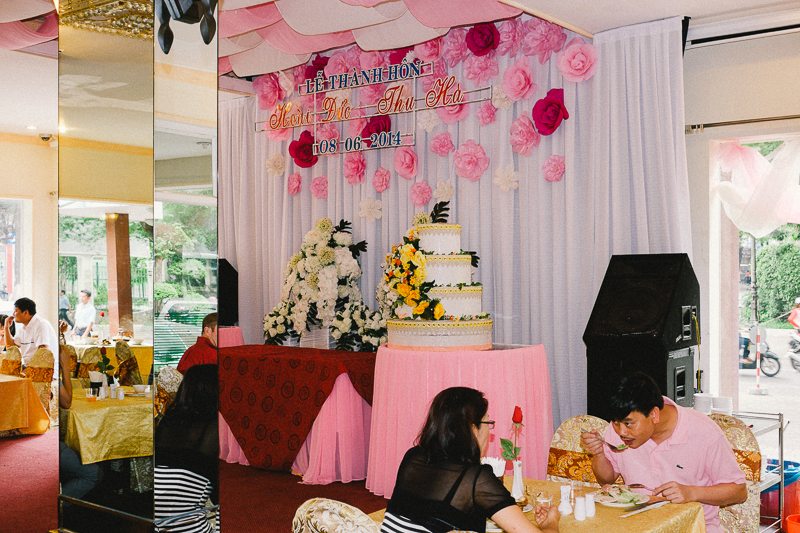

You can download my free Lightroom 5 film street photo presets which I used to process these photos. I used the “XT-1 v2” preset on most of these.
Hey what’s up streettogs– this is Eric Kim reporting live from Ho Chi Minh City (Saigon) in Vietnam. After a lovely 14-hour flight from Vancouver and a 4-hour connecting flight from Hong Kong, my girlfriend Cindy and I made it safely here!
Today over some strong Vietnamese coffee with Cindy– she helped me come up with a good idea. I wanted to document my time here in Saigon, and also document Cindy’s experience here. I am going to include the contact sheets as well — and take you behind the scenes. I hope you enjoy this journey with me!
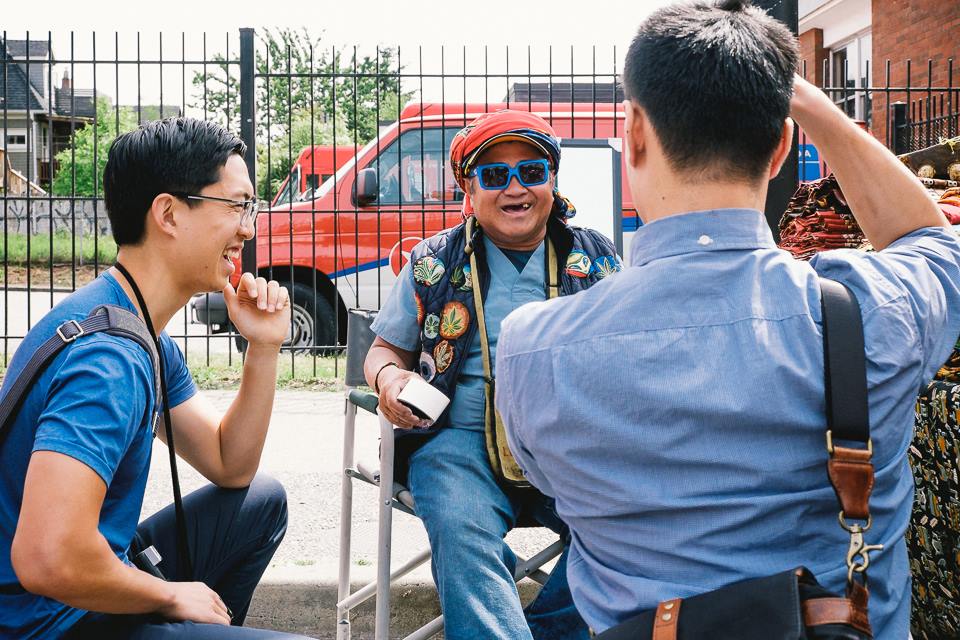

Hey streettogs, I am excited to share my upcoming street photography workshops for this year as well in 2015! If you want to push your boundaries in street photography, gain inspiration and confidence, and meet other passionate street photographers– join me at one of my upcoming workshops.
Some of my upcoming destinations include Ho Chi Minh City, Singapore, Tokyo, Hong Kong, Sydney, Melbourne, San Francisco, Stockholm, London (Intro and Advanced), Portland, Chicago, Toronto, New York City, and more! Read more to see my full schedule.
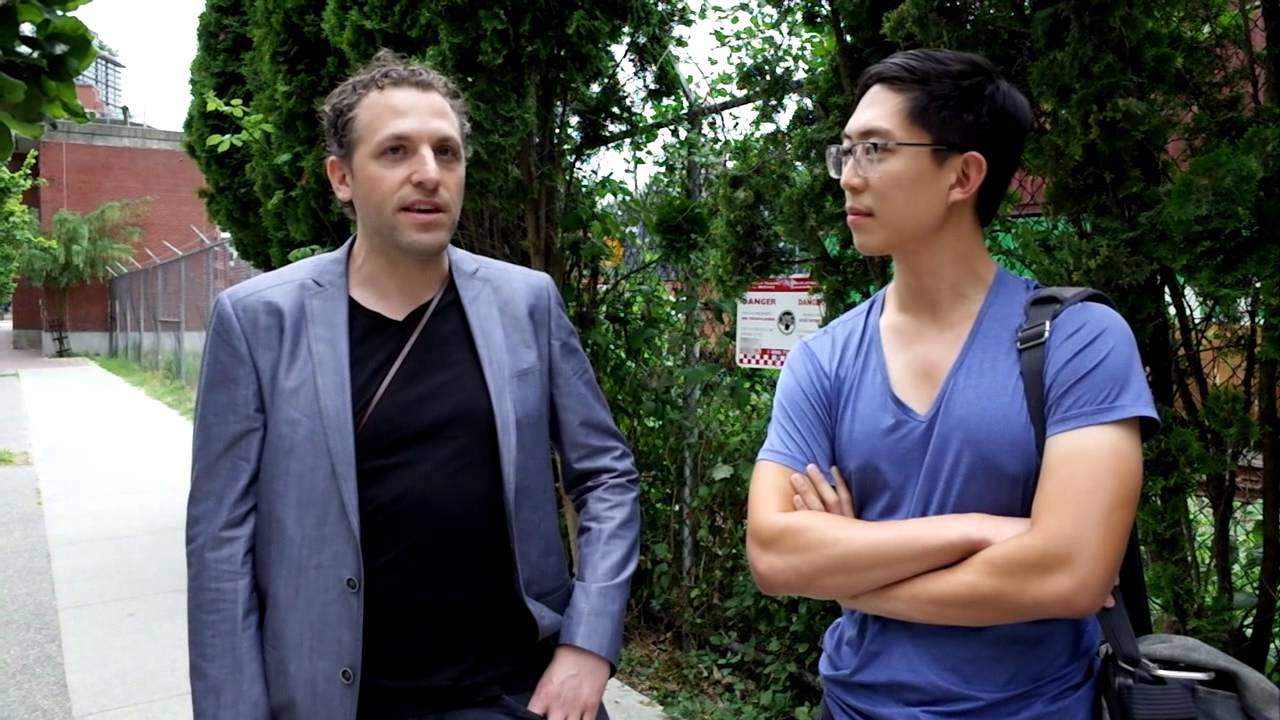
Funny story– Take Kayo was interviewing me in the streets of Vancouver when John Goldsmith (in my opinion the best street photographer in Vancouver) pops out of some bushes and starts photographing us. We then turned the lens onto John, and I do a brief interview with him on the streets– asking him about his techniques, his “keeper” rates, and his passion for street photography.
You can check a longer interview I’ve done with John on the blog here.
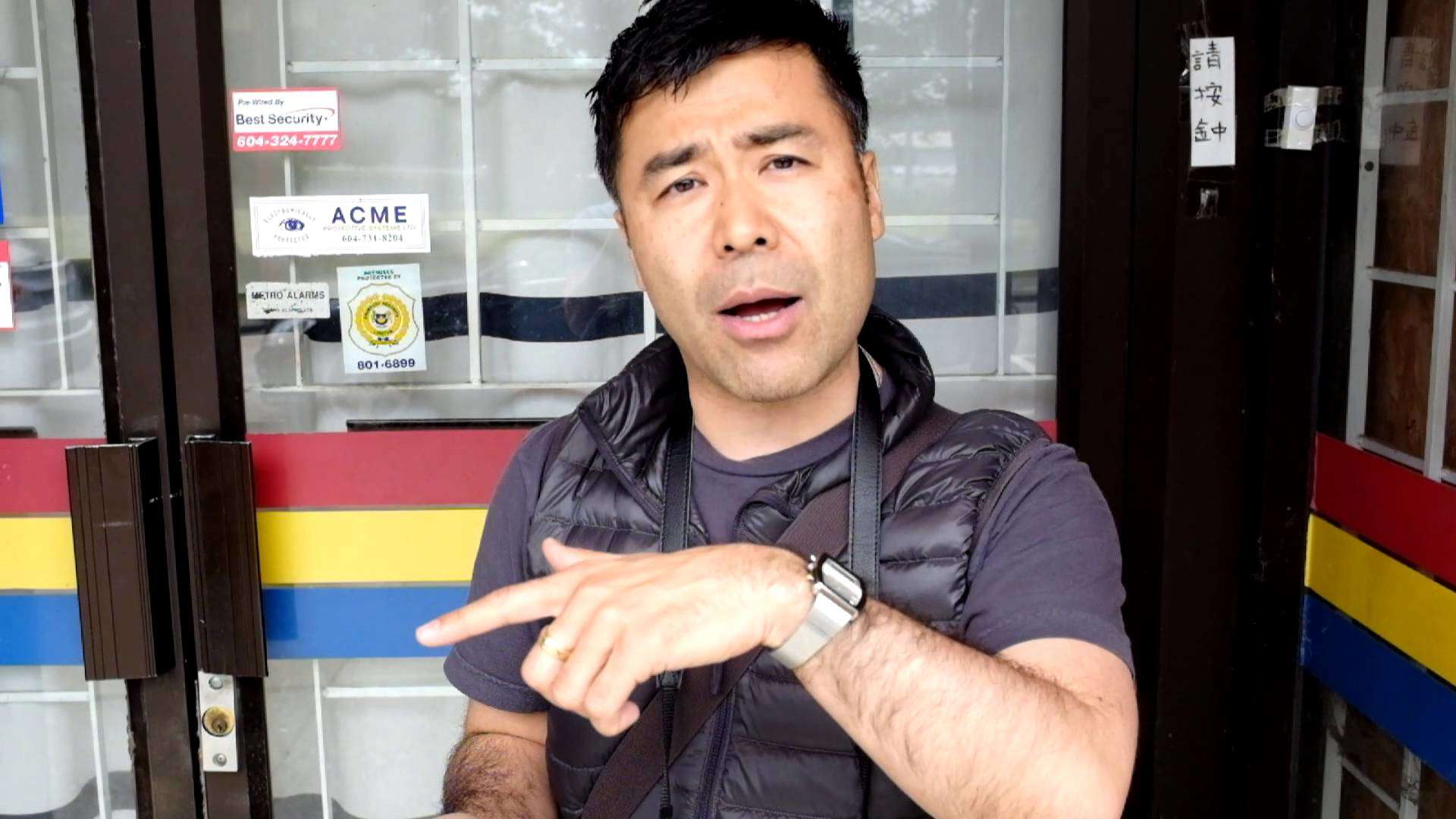
I recently had the pleasure bumping into Take Kayo (aka Bigheadtaco), a prolific street photographer and blogger based in Vancouver. Funny story: I was having an espresso and blogging at Revolver, and out of nowhere– Take and the owner Tarry recognized me and started photographing me (really close, at 1 meter). We started laughing, chatting– and got to know each other a bit more.
Take was born in Okinawa, and used to work at Kodak for around 10 years. Since then he has made the leap to digital, and has been passionate about shooting in the streets of Vancouver and testing & reviewing cameras. Seriously one of the most passionate guys I’ve met! To find out more about his infectious enthusiasm for photography, watch the interview above!
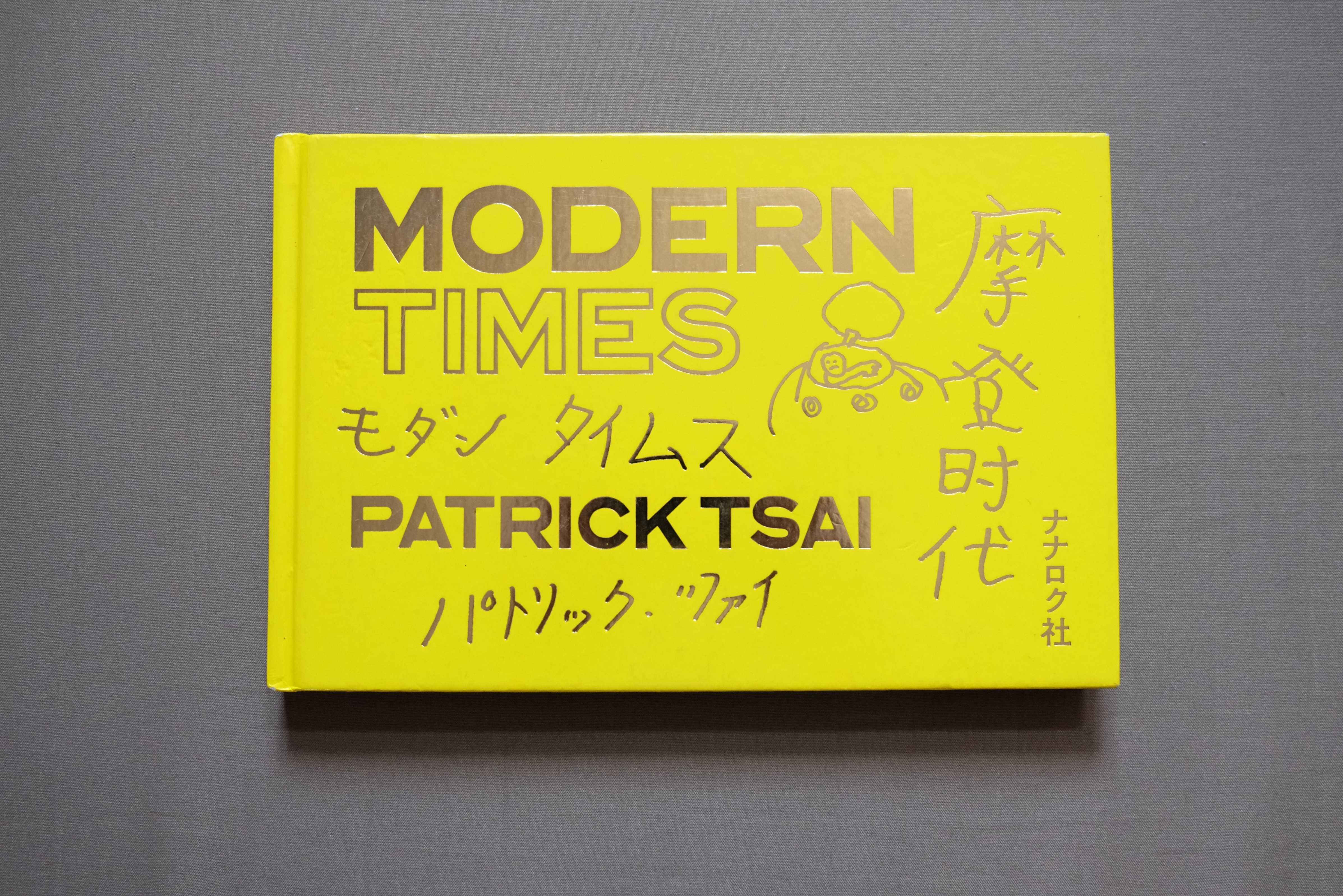

One of the best things about photography is it gives us a view of places we otherwise won’t be able to visit. Street Photography ups the ante by actually heading to side streets, roads not taken, and places that won’t appear in your usual travel guide. In Patrick Tsai’s modern times, he shows us a China devoid of media’s prejudice and how this diaristic photographer tries to prove that he can document his surroundings as well.
Is he successful? Let’s analyze his book to find out.
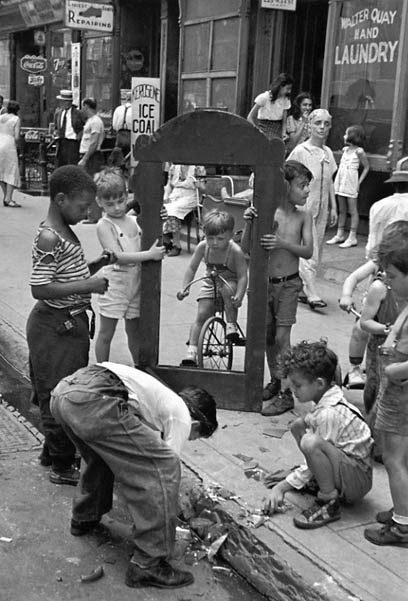

Helen Levitt is known as a “photographer’s photographer” a photographer who is admired by photographers everywhere, but not that well known. Since the raise of fame of Vivian Maier— I wanted to profile the work of Helen Levitt, and share the work of talented female street photographers.


I recently read something quite interesting about music. The concept was when you’re listening to music, you tend to listen to the treble (high notes) and tend to ignore the bass (low notes).
Therefore the author suggested to get a richer experience listening to music, focus on listening to the bass (not the treble).
So I gave it a go myself. I listened to some of my favorite classical music, and really paid attention to the low notes of the cello in the background (instead of focusing on the high notes of these violins).
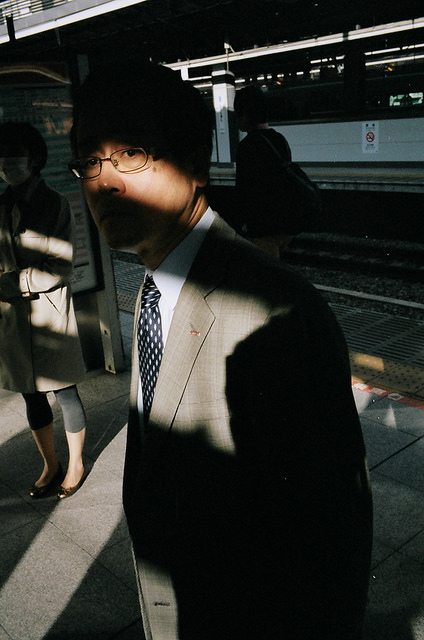

Wayne Gretzky once said, “You miss 100% of the shots you don’t takeâ€.
I find this such a beautiful quote not only in life but also street photography.
Many of us are afraid of taking risks, of taking chances. We worry about failure. We worry that others will judge us for our shortcomings. We worry about the worst case scenario.
But in life, we need to take chances. We need to take risks. We need to give things our best shot. By simply not trying, we don’t make any progress and don’t move forward.
In street photography there are a lot of risks face. Risk of getting yelled at, risk of missing the shot, risk of pissing somebody off.
We often hesitate too. For example I have missed thousands of potential photographs because of that split second in which that voice in my head goes, “Don’t take the shot, you might get in trouble or you might upset the person.†The second I have that doubt, I end up not taking the shot (and greatly regretting it afterwards).
In sports players often choke too. This has to do a lot with the pressure to perform. The second basketball players start thinking too much, they often miss the shots. Wayne Gretzky was one of the greatest hockey players in history, yet he has missed countless goal opportunities.
But you won’t ever make a shot unless you take a chance.
So in your street photography take more chances. Be bold. Take risks. Don’t worry about making bad photos. There is a nice quote I like: “To double your success rate, double your failure rate.â€
As my friend Charlie Kirk says, “When in doubt, click.†Don’t worry about making perfect photographs. Work hard, hustle, and work the scene. Take multiple photos from different angles. Crouch down. Take a step closer or take a step back. Don’t give up after only one photograph.
To learn more about working the scene and taking more risks, check out my article: “Debunking the Myth of the Decisive Moment.”
If you want to push yourself outside of your comfort zone in street photography, Check out one of my upcoming street photography workshops in Ho Chi Minh City, Singapore, Tokyo, Hong Kong, Melbourne, Sydney, and London.
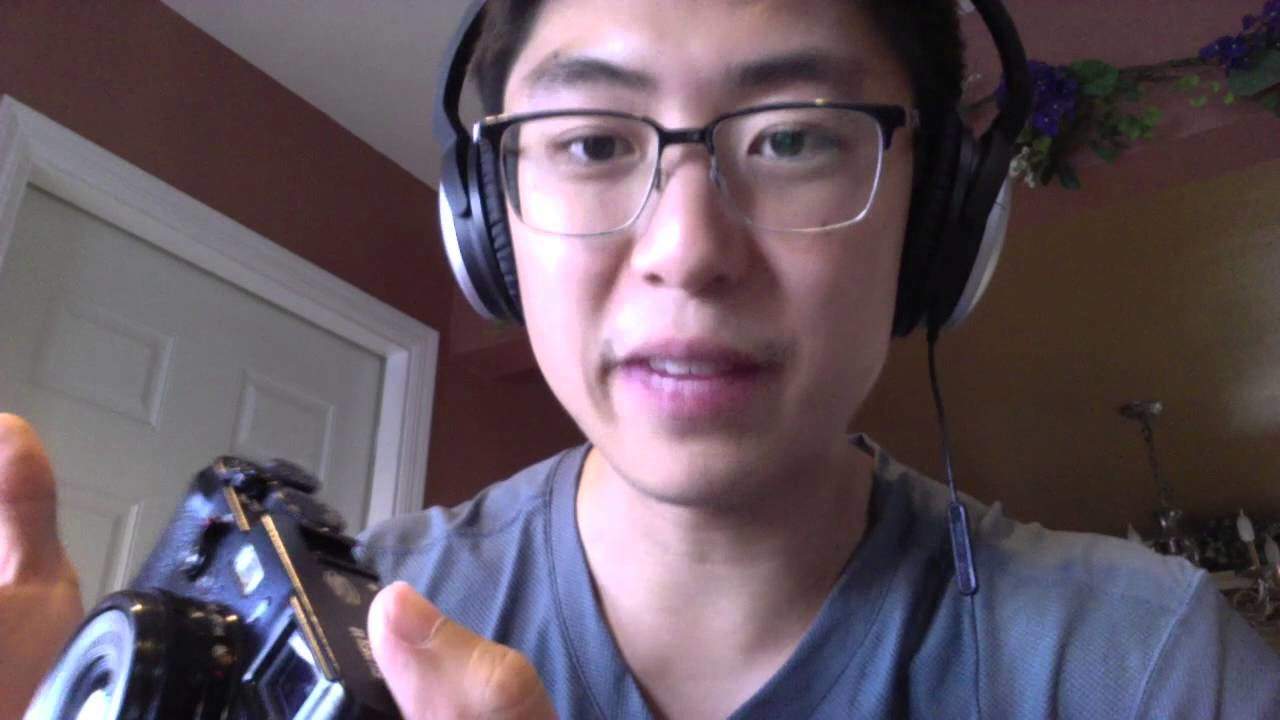
Just put together a video review and some street photography tips for the Fujifilm x100s. You can also see the full review I did of the camera here.
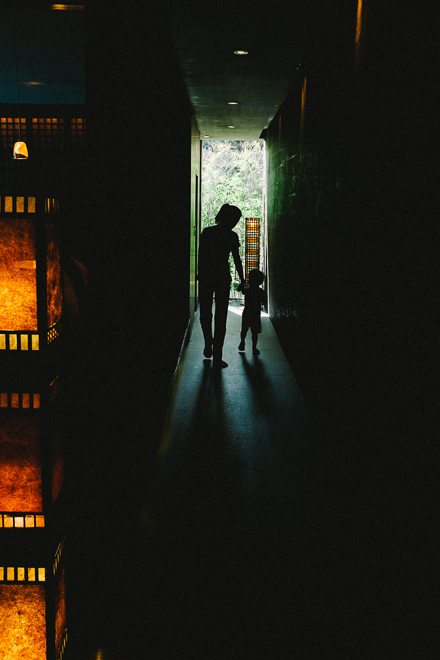
Disclosure: Fujifilm gave me a Fuji x100s for this review. I haven’t been paid to write this review, and will try to make it as non-biased as possible. Also there are Amazon affiliate links included– so if you order the camera or any other product from my link, it will give me a small percentage.
Fujifilm recently hooked it up with a x100s— and I took it on a test run throughout Manila and have been using it the last few weeks. Below is my review of the x100s for street photography and some of my thoughts on the camera.
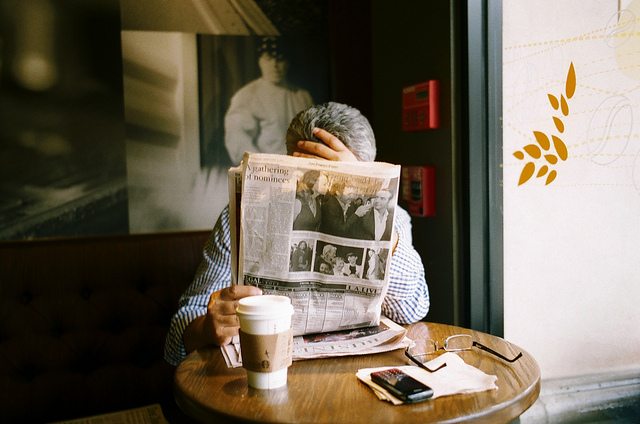

One of the most interesting concepts I’ve learned recently is the concept of “Systems” vs “Goals” from a book written by Scott Adams titled: “How to Fail at Almost Everything and Still Win Big.”
Basically Scott Adams says that in life we should focus on “Systems” instead of “Goals”. So what is the difference? Scott Adams defines a system as the following:
“A system is something you do on a regular basis that increases your odds of happiness in the long run.”
“Systems” are daily routines or procedures we do everyday (which we tend to have a lot of control over). For example in the context of street photography, going out and shooting everyday is a system. Buying a street photography book once a month and studying it is a system. Meeting other street photographers in person to get feedback and critique on your work is a system. Systems are much more dependent on the process– not the final result.
“Goals” tend to be external accomplishments that we have far less control over. For example in street photography– goals include: getting 100+ likes on your photos, having your book published by a famous publisher, having a big solo exhibition at a prestigious gallery, and becoming rich and famous through your photography.
So in life and street photography– focus on systems instead of goals. Focus on the daily things that you have control over.
Systems focus on the small daily achievements you make– and the step-by-step progress you make forward. Goals tend to be focused too many on things you have no control over. Not only that, but we tend to get more disappointed by goals as they are harder to achieve.
In conclusion to gain more happiness and progress in street photography– focus on systems, not goals. Now go out and pound the pavement!
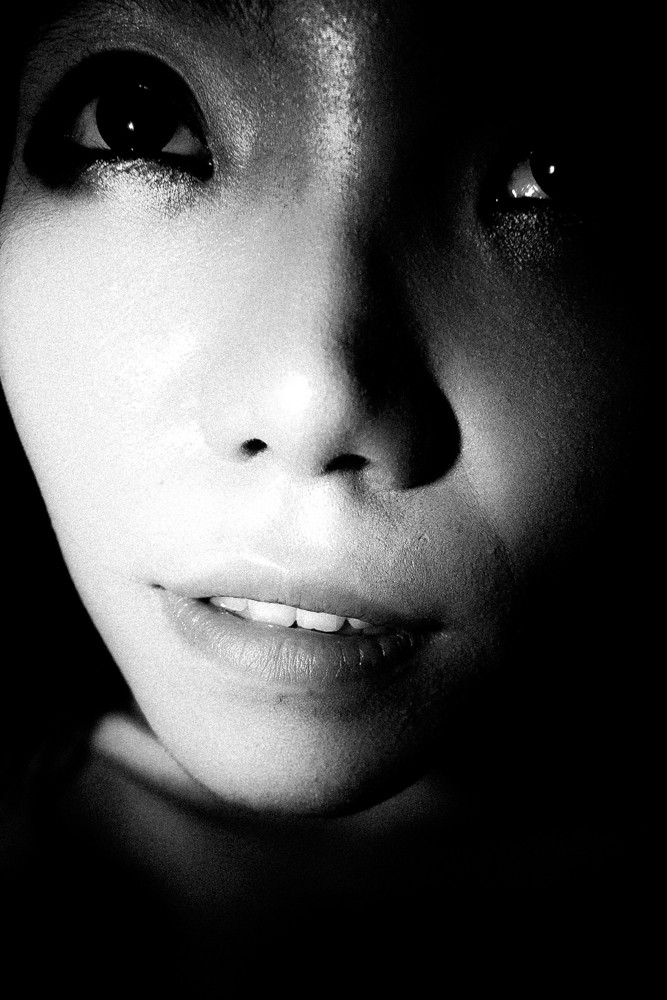

This guest blog post is by JT White, a street photographer based in Seoul, Korea.
JT: I get asked a lot about film versus digital.
I use both film and digital cameras. Which, depend really depends on a lot of things. It can depend on my mood or on the lens I want to use. I don’t think I really have much of an aesthetic style as opposed to a way of shooting. I decide what camera to use depending on what I have and what my subject is going to be.
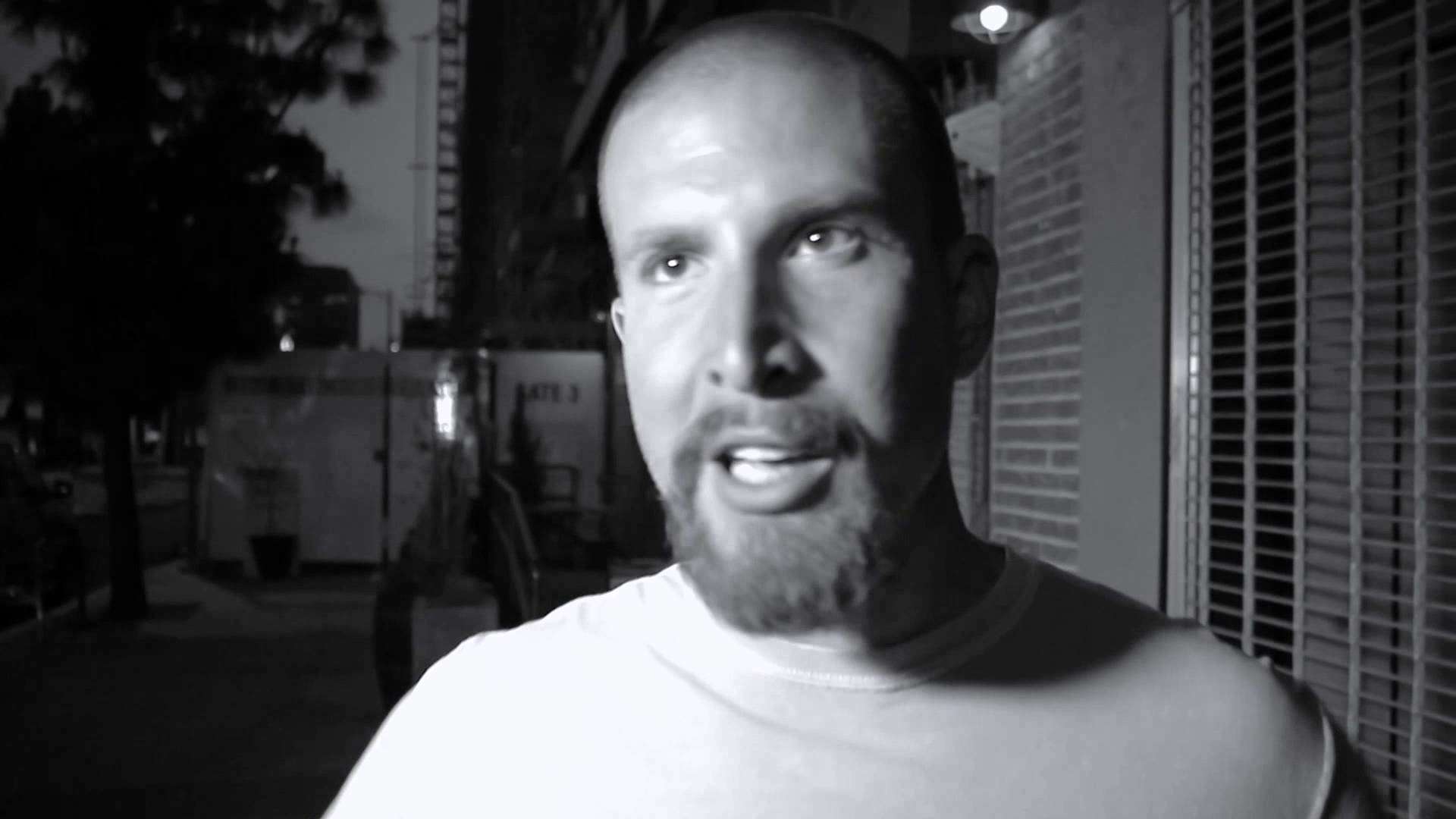
Chris Stoltz, a talented photographer and videographer (and workshop attendee), just put together an awesome behind-the-scenes video of my recent LA Street Photography Workshop. He interviews me about my passion for teaching workshops, and also the students and what they gained from the workshop.
If you’re interested in breaking outside of your comfort zone, growing creatively, and meeting other passionate street photographers– join me at one of my future street photography workshops.
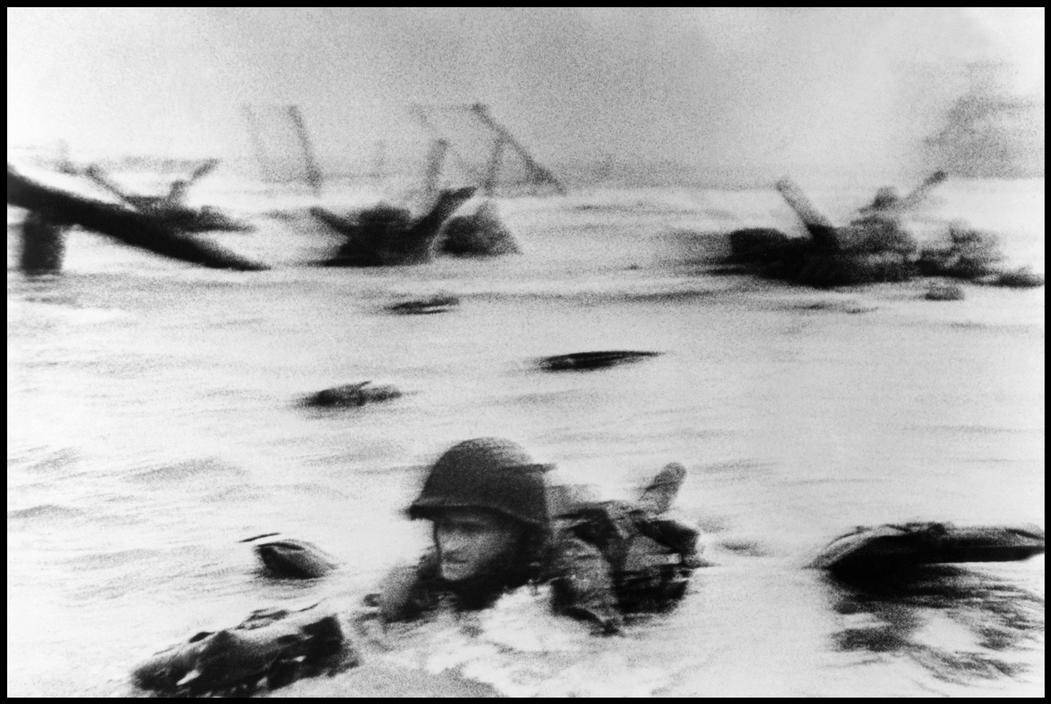

Robert Capa is one of the greatest photographers to have ever lived. When he was still alive, he was proclaimed as “The Greatest War-Photographer in the World”. He captured some of the most intense wars during his time, including the Spanish Civil War (1936-39), Chinese resistance to the Japanese invasion (covered in 1938), the European theater of World War II from (1941-45), the first Arab-Israeli War (1948), and the French Indochina War (1954) and tragically passed away by stepping on a mine.
During his lifetime, he co-founded Magnum alongside photographers Henri Cartier-Bresson, George Rodger, David “Chim†Seymour, and William Vandivert in 1947. He also mentored many young photographers in Magnum such as Eve Arnold, Elliot Erwitt, Burt Glinn, Inge Morath, and Marc Riboud.
Capa also famously coined the phrase: “If your pictures aren’t good enough, you’re not close enough†and his bravery on the front-lines helped him capture some of the most intense, intimate, and emotional photos of war.
So who exactly was Robert Capa, the man and the photographer? How did he start off as a photographer, start Magnum, and create a legacy that has lasted for decades? I wanted to learn more about Robert Capa and did some research on him through the biography “Blood And Champagne: The Life And Times Of Robert Capa” as well as the autobiography Capa himself wrote: “Slightly Out of Focus” where he shares his personal stories from World War II.
Interested in learning more about the legend Robert Capa? If so, read on.
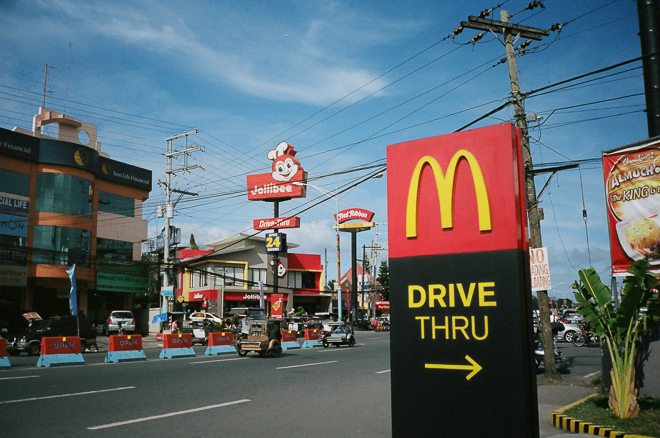

I just finished a new book: “The Obstacle is the Way” by Ryan Holiday. The book is a huge source of inspiration for overcoming challenges– and using them to your advantage. In-fact, Ryan uses the quote from Marcus Aurelius for the title of his book: “The obstacle is the way” meaning that if it weren’t for obstacles in our life, we wouldn’t grow, develop, and mature.
I thought a lot about the obstacles I’ve faced in street photography– and how I have used those negative experiences and turned them into positive ones. Here are some thoughts on how you can continue to grow and develop in your street photography– and utilize negative experiences to your benefit.
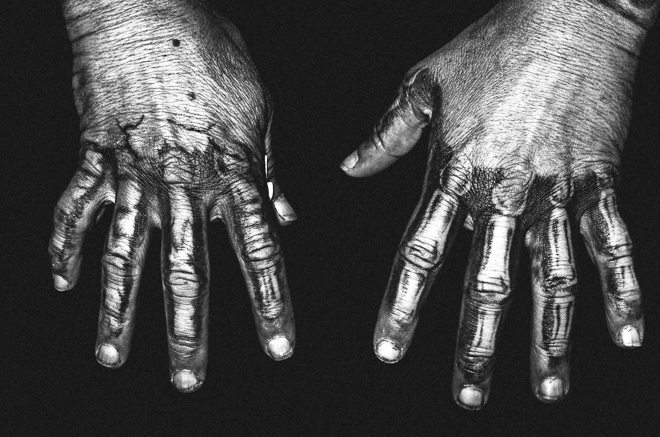

We would all love to be more creative in our street photography. We want to create work that stands out from the crowd. We want to create images that connect emotionally to our viewers. We want our images to inspire our viewers. We want our images to speak from our heart, and communicate messages to our viewers.
How do we find more creativity in street photography? I have written about creativity in the past, but have recently been inspired by a new book– “Creativity, Inc.†by the president of Pixar.
Pixar is one of the most creative studios in the world. In my opinion, they haven’t made a bad movie so far. In addition, all of their films have been wildly successful both artistically and commercially all around the globe.
I wanted to use this article as an opportunity to meditate upon the creative process a bit more–and see how we can apply it in our street photography (and other parts of our life).